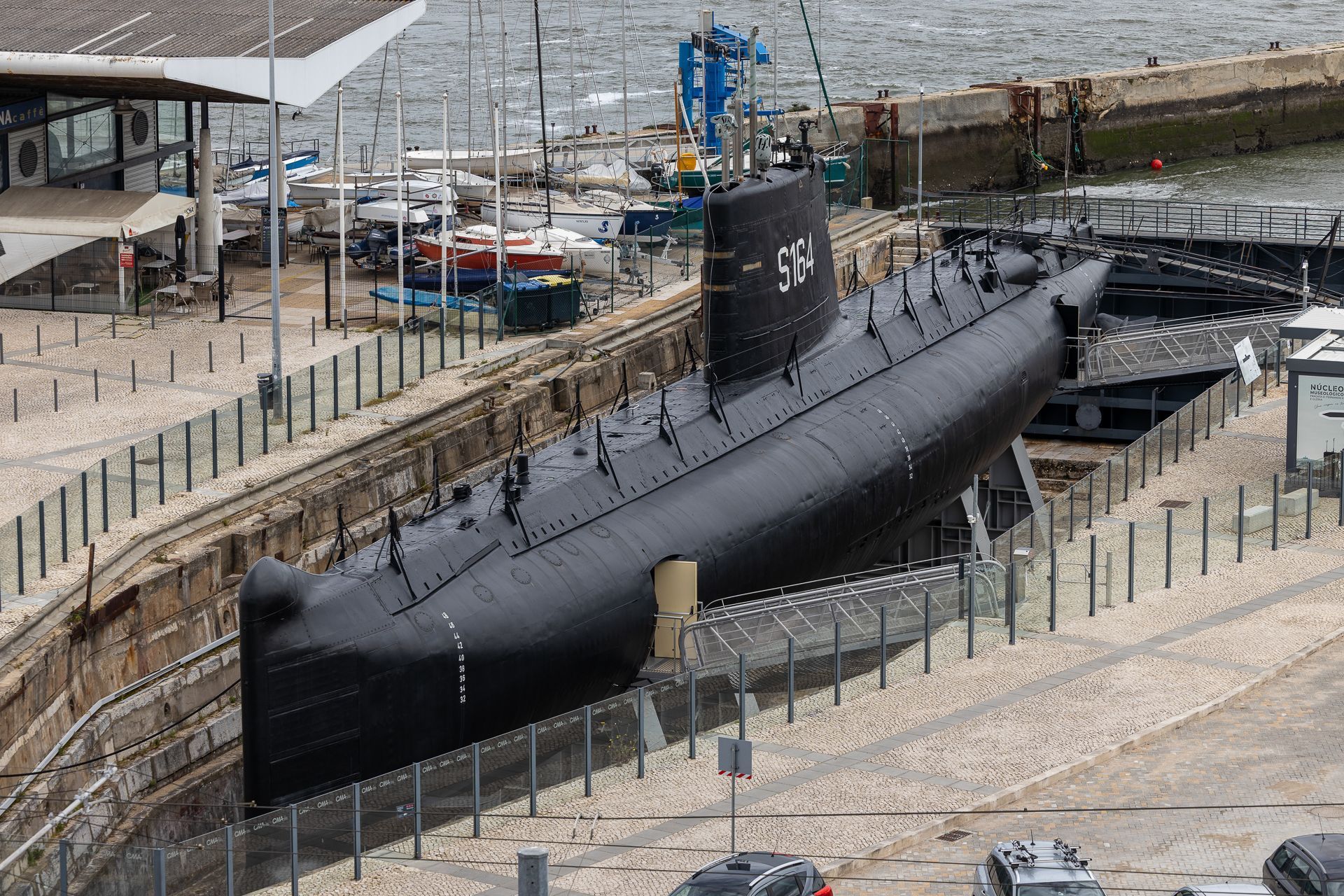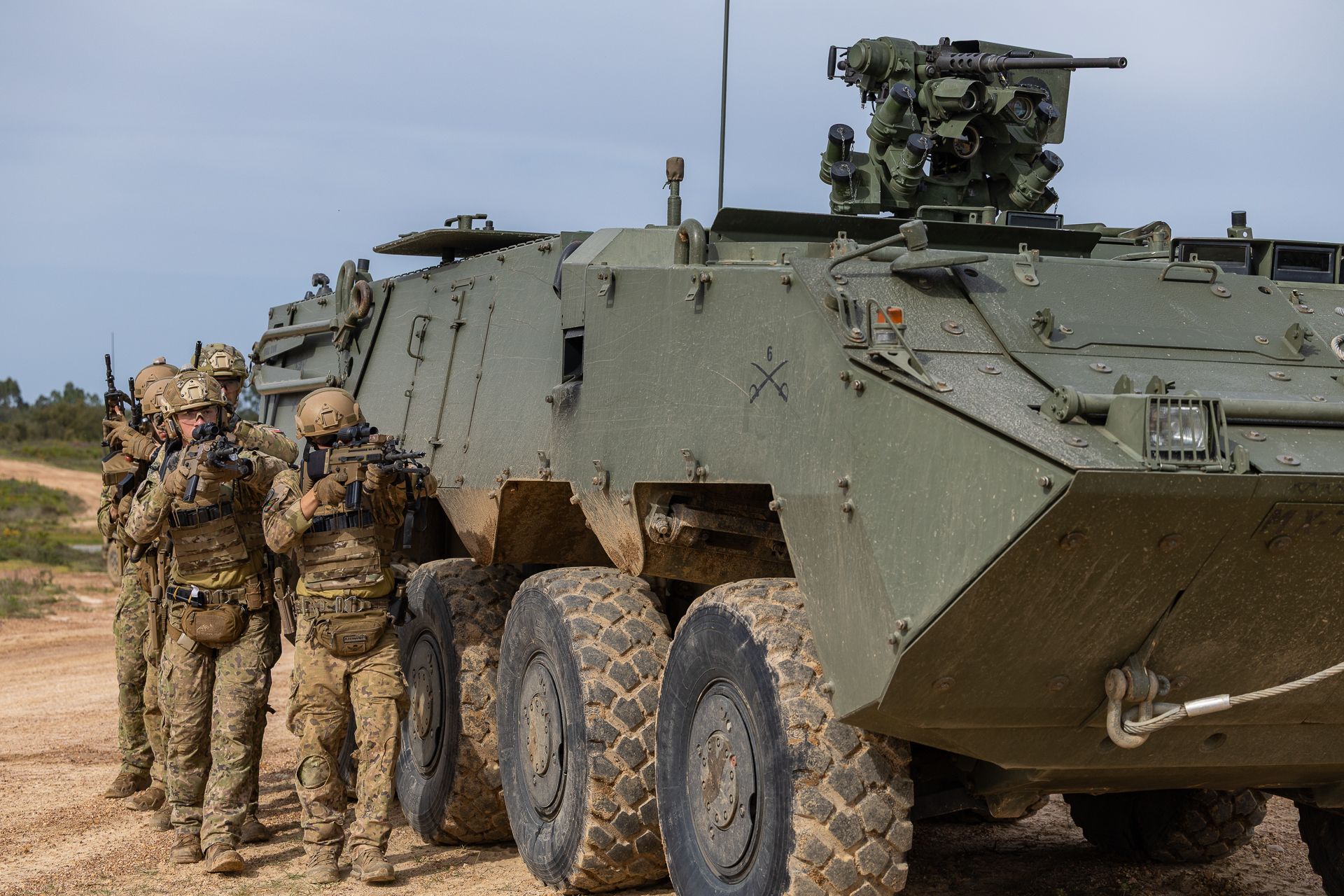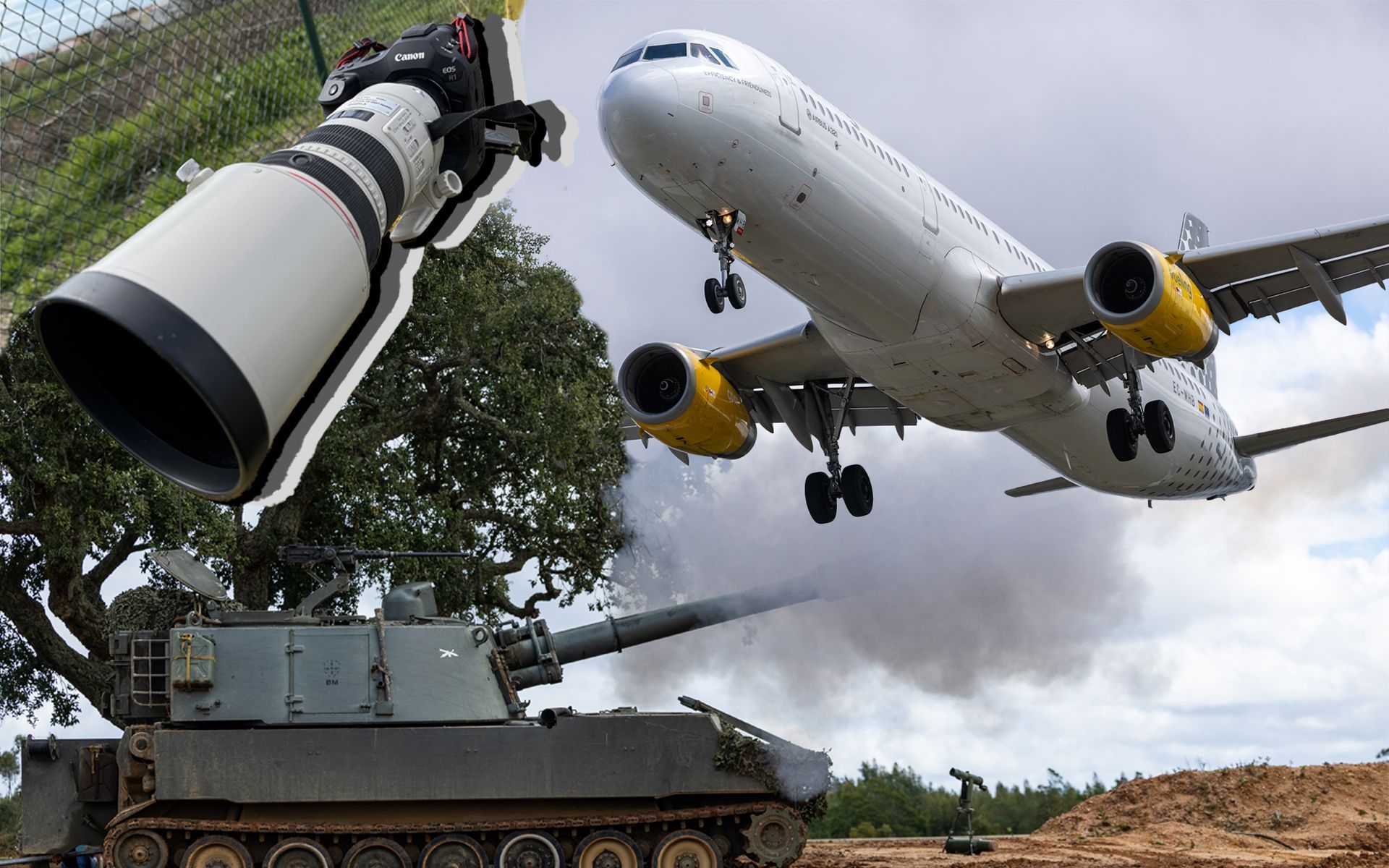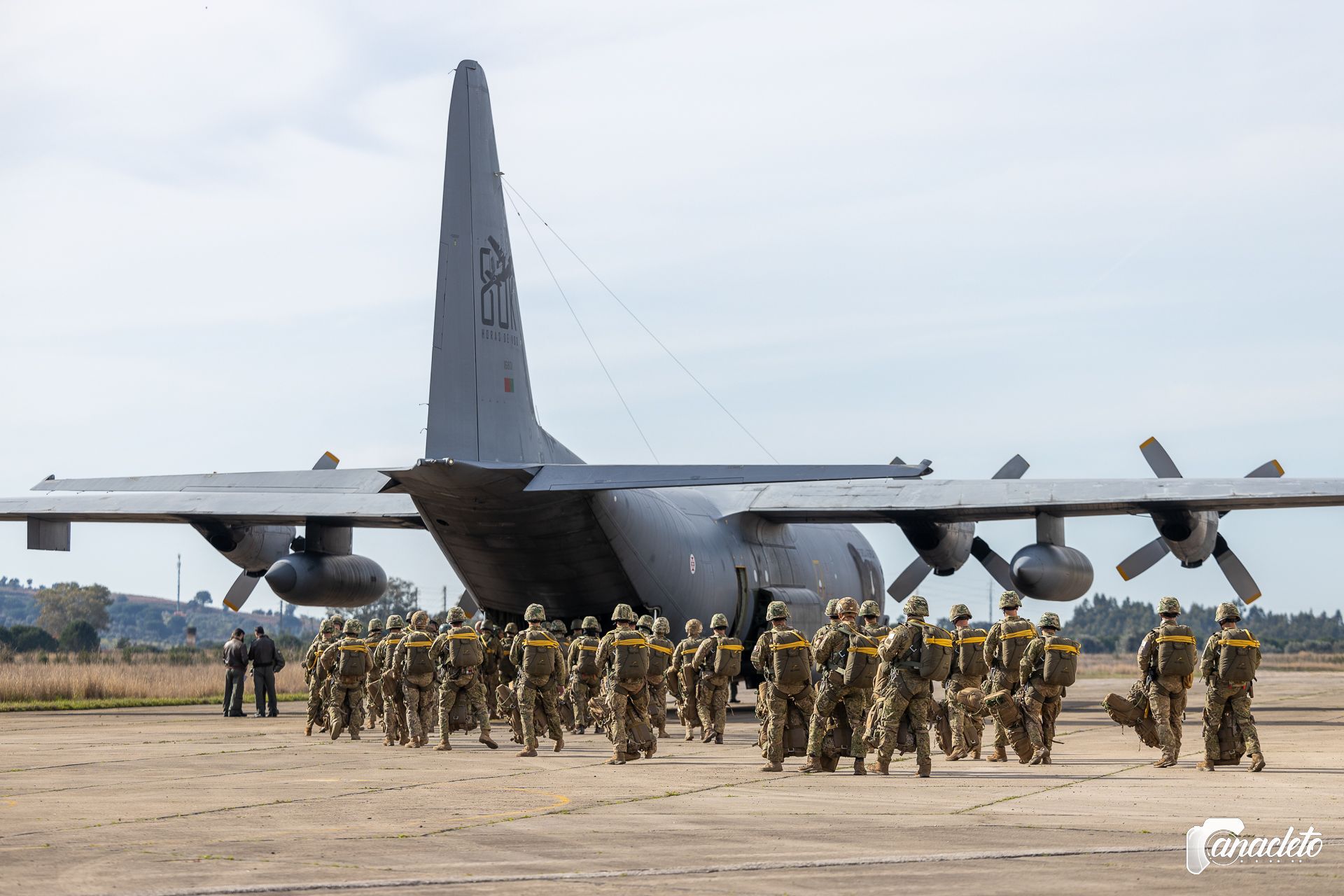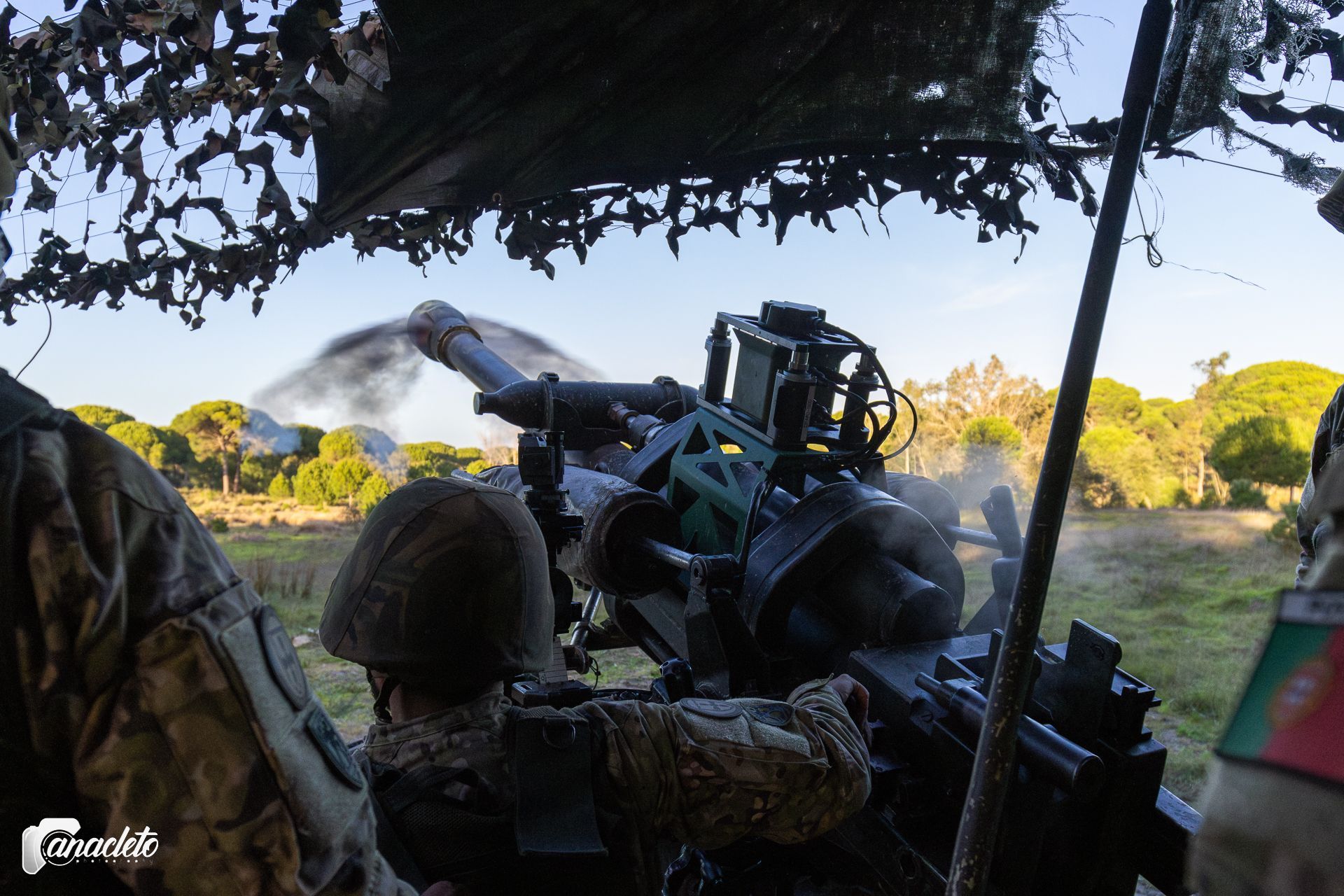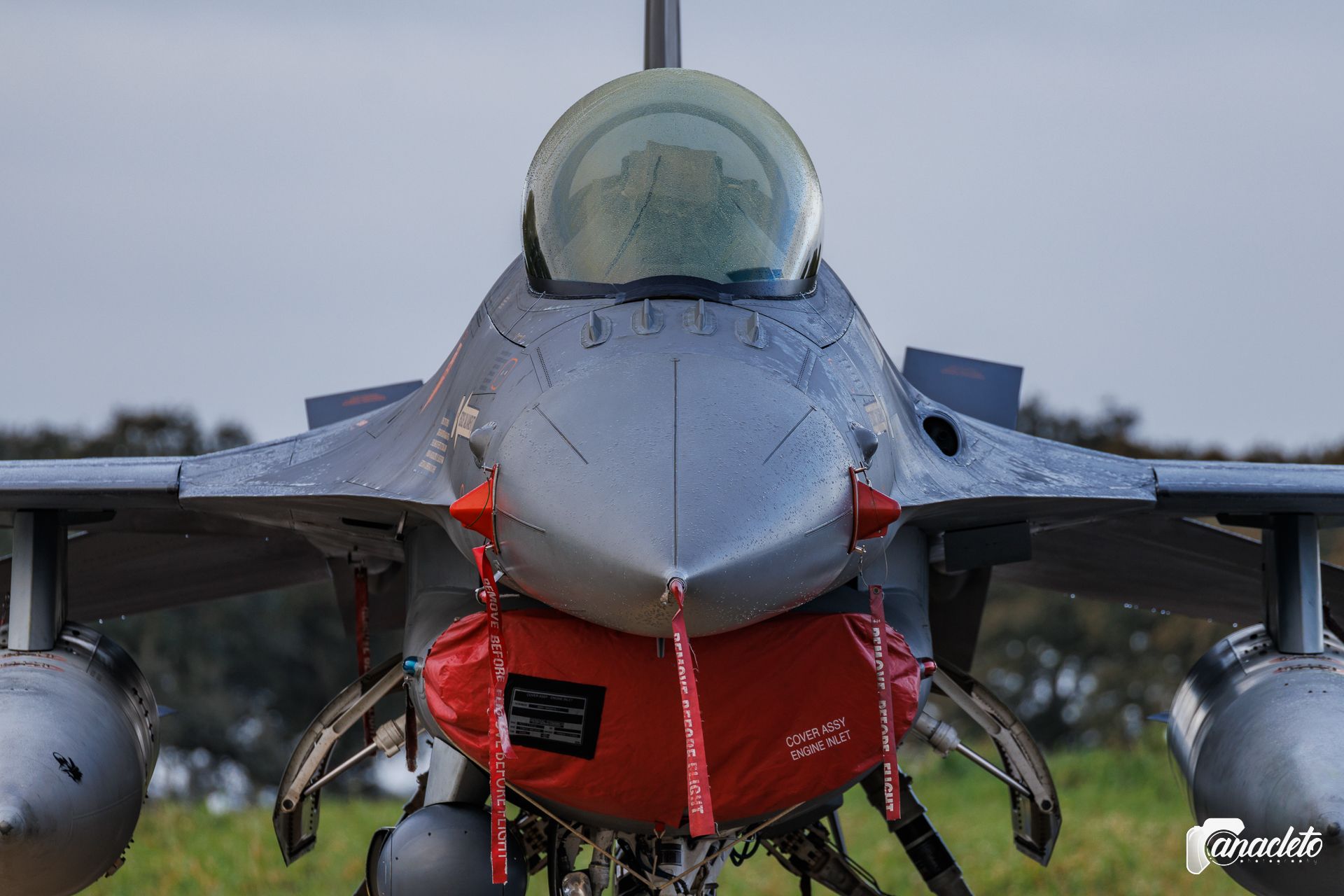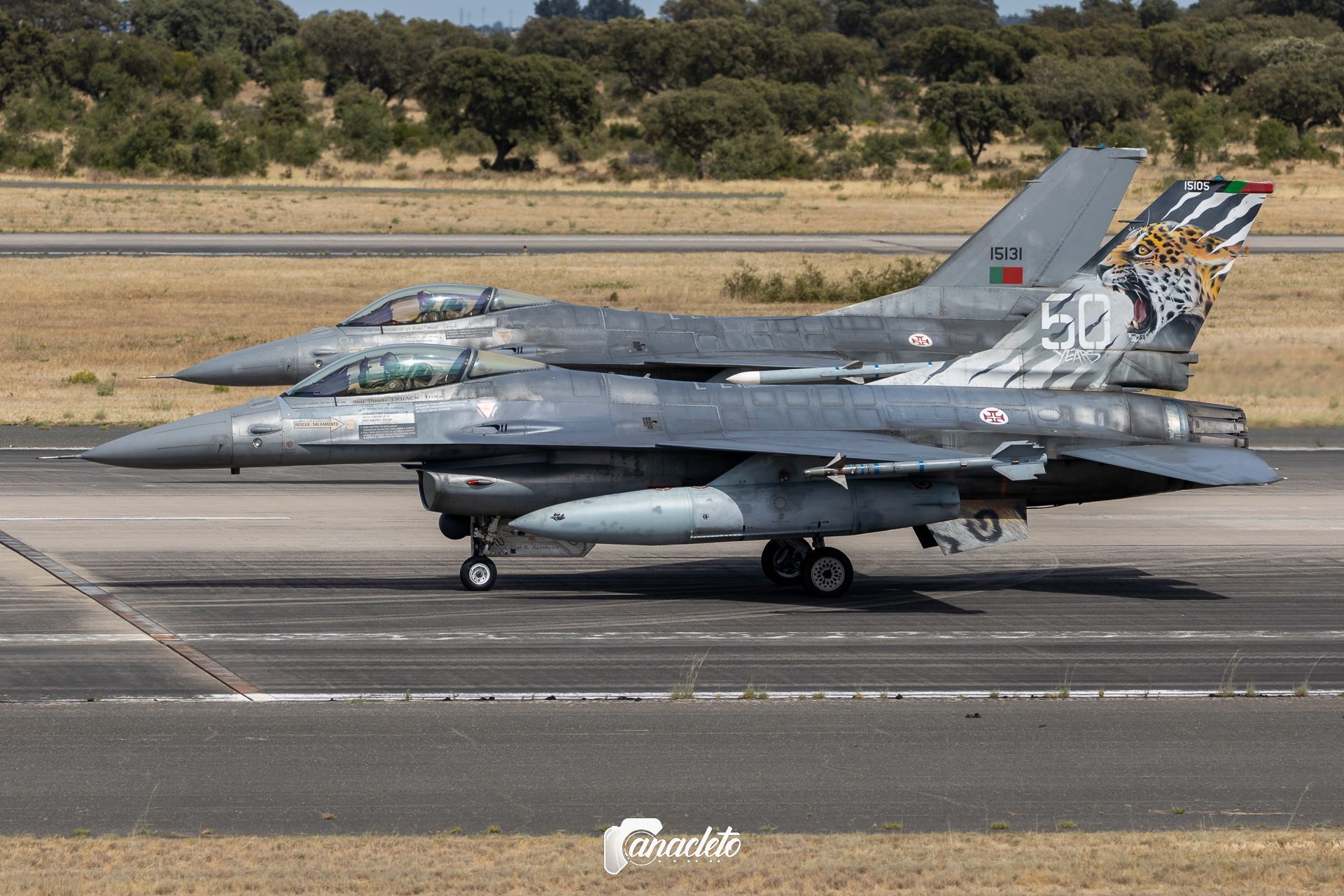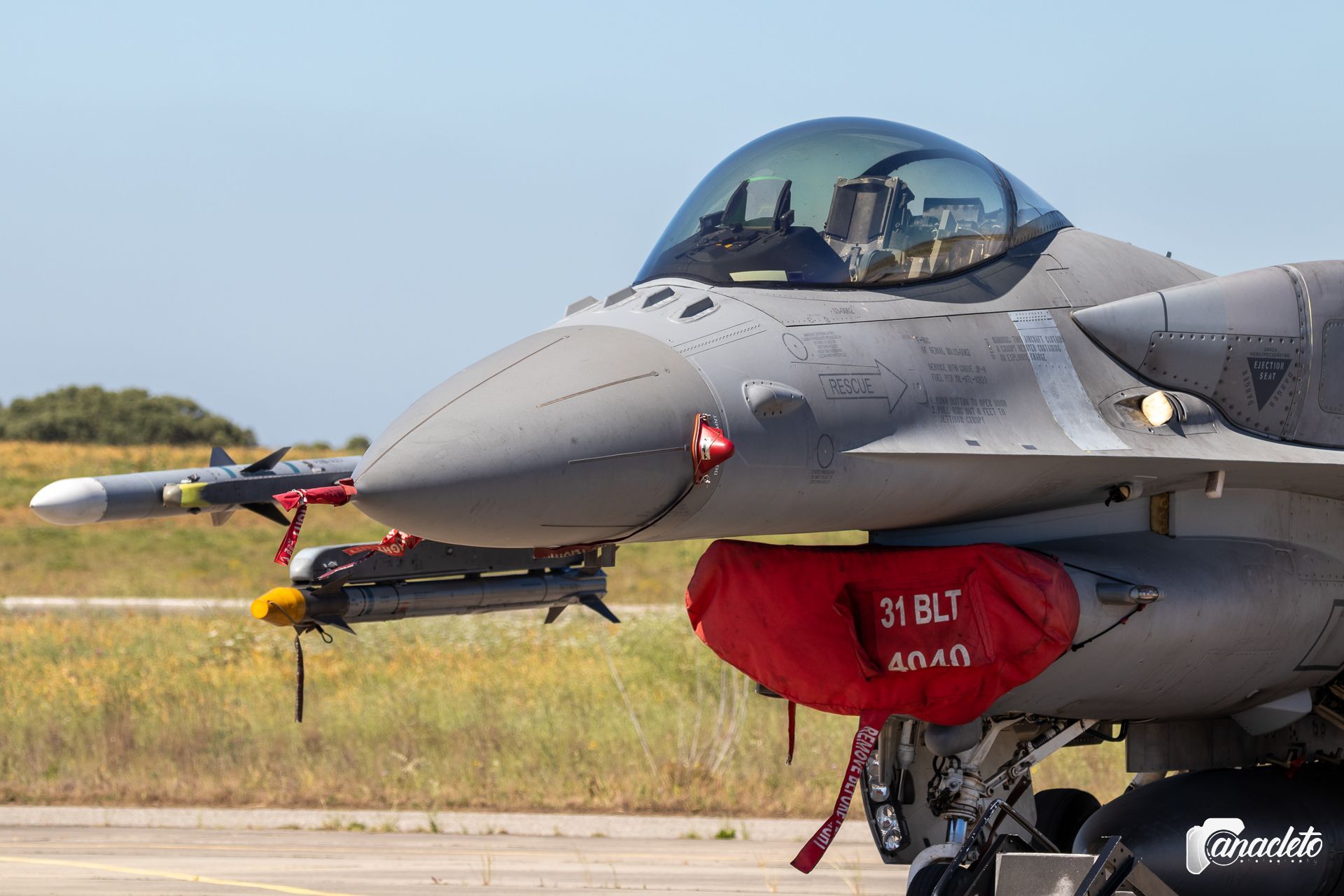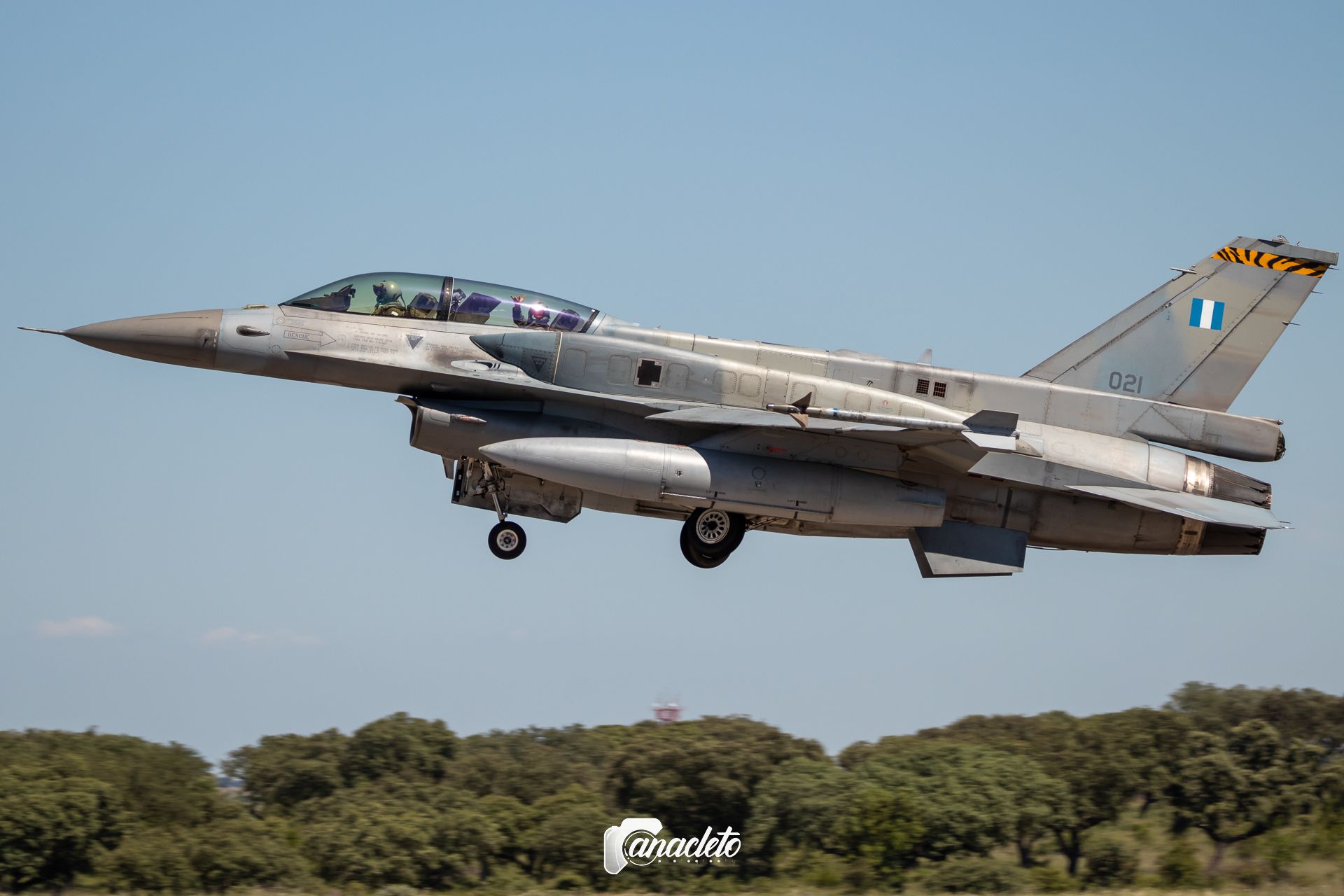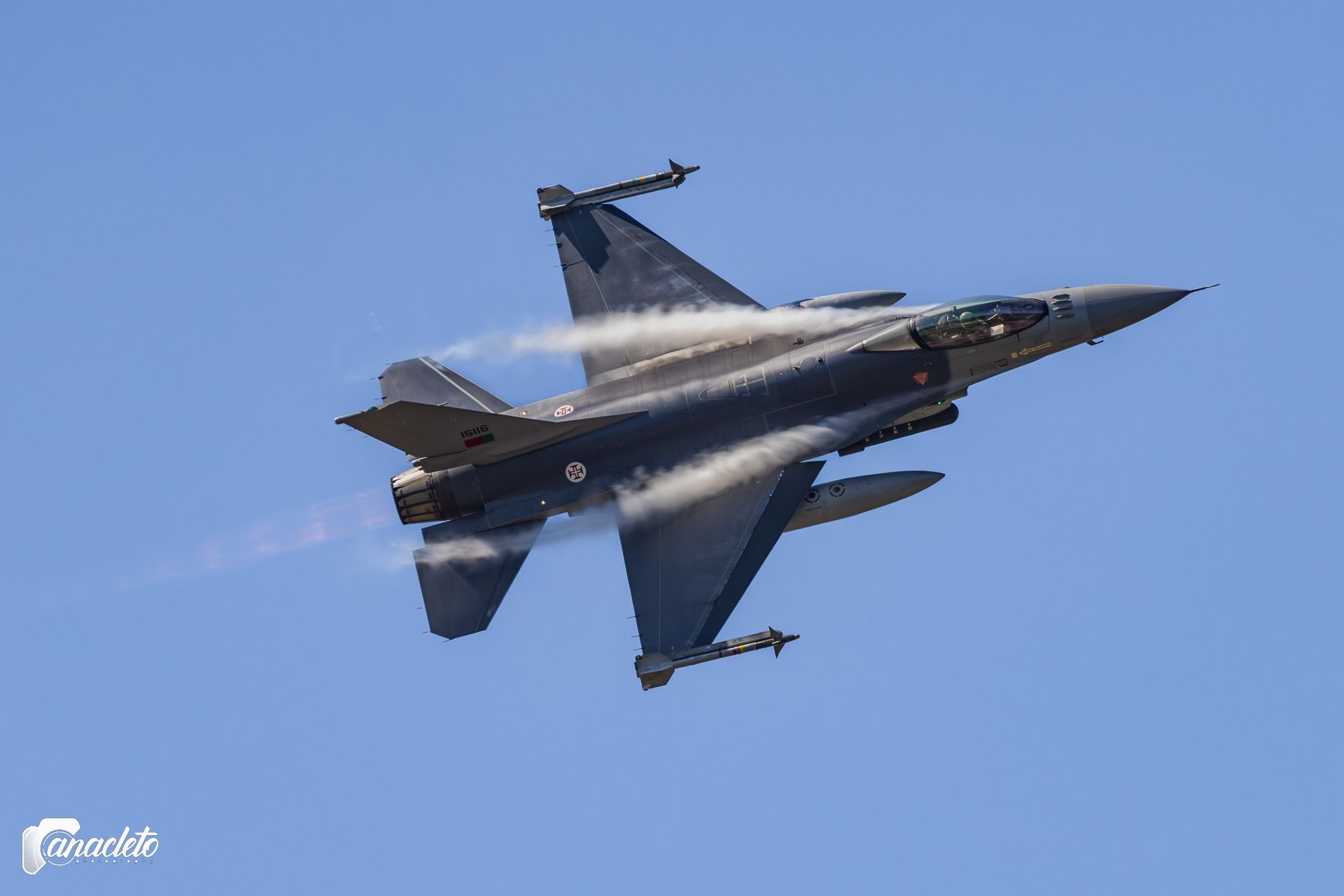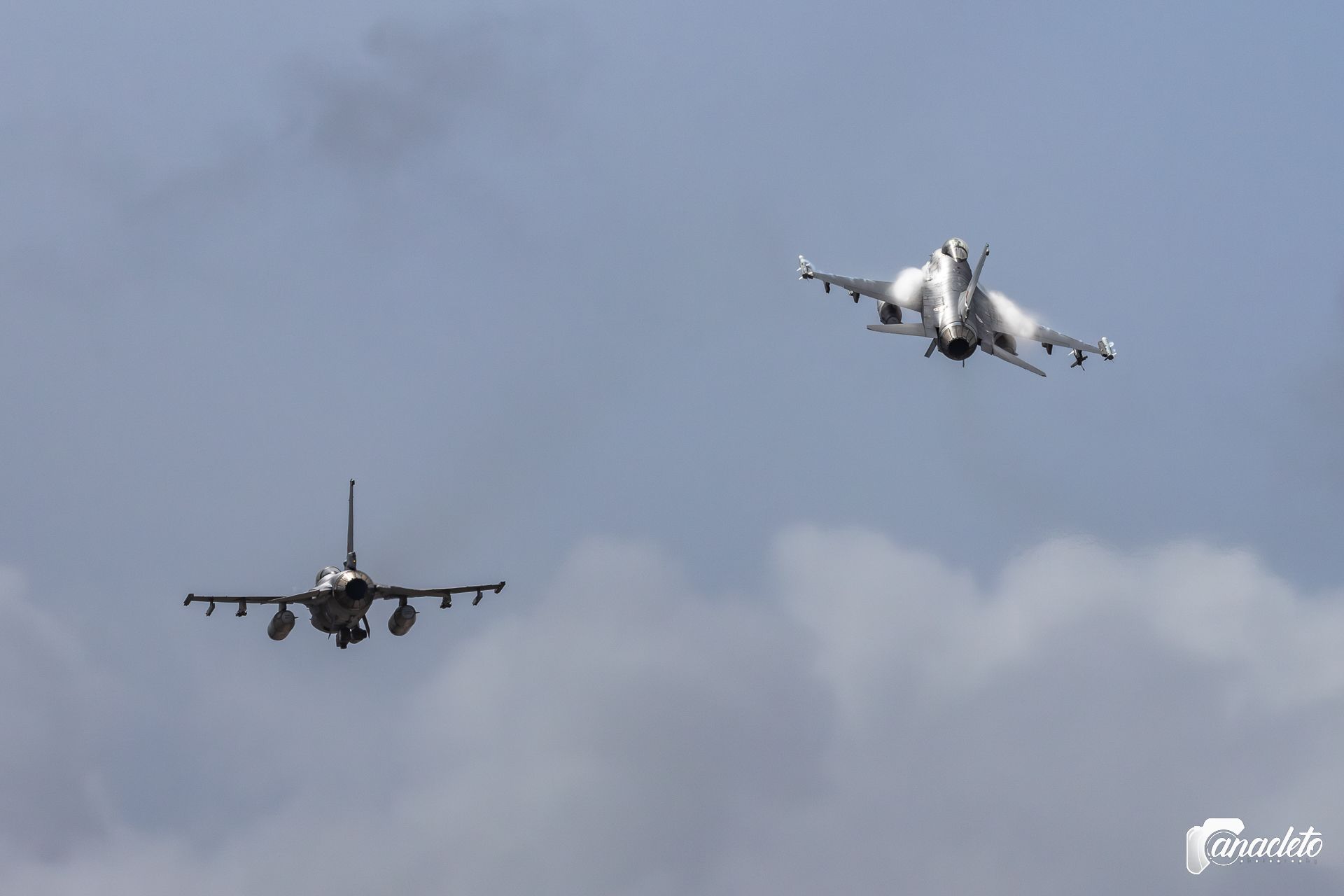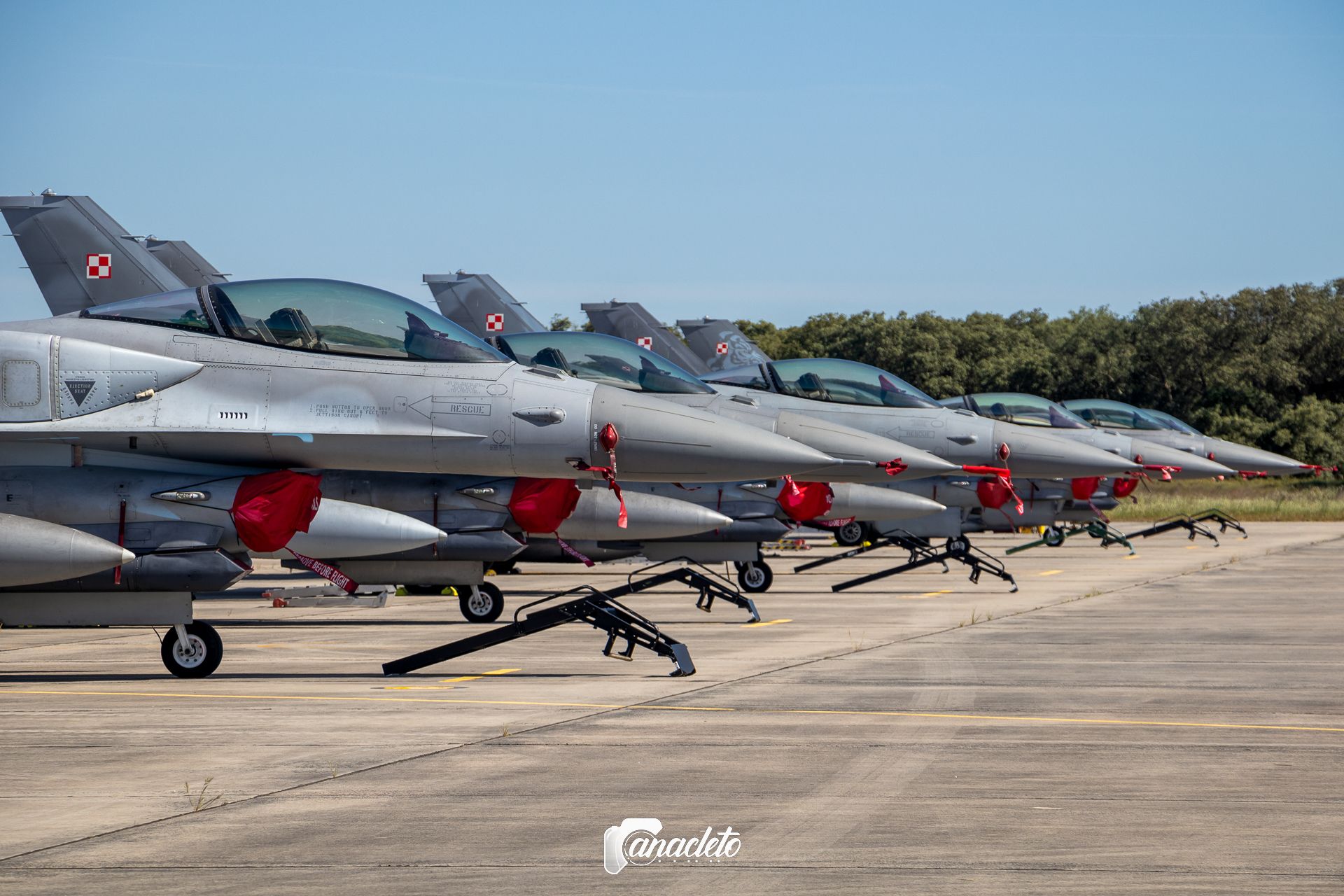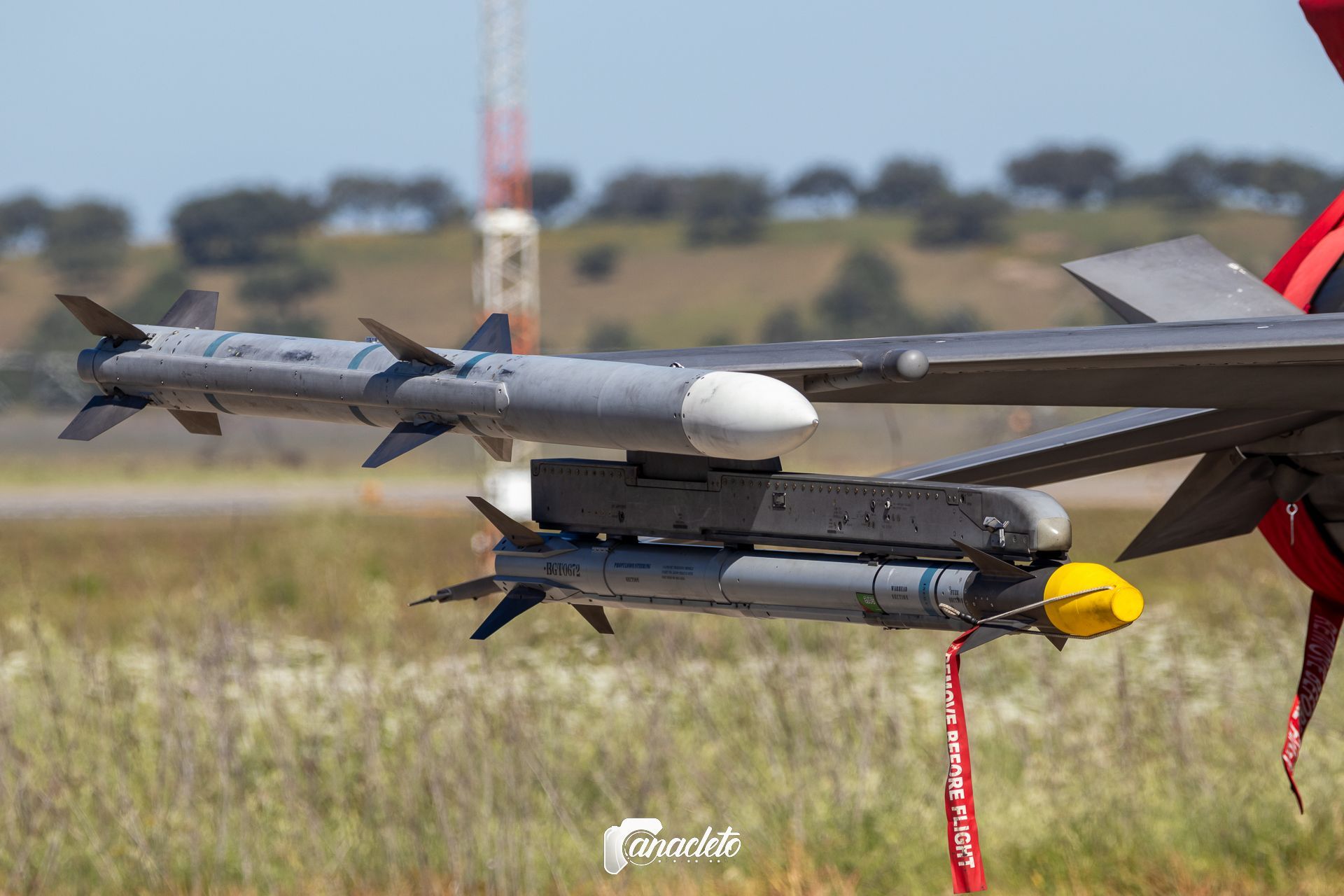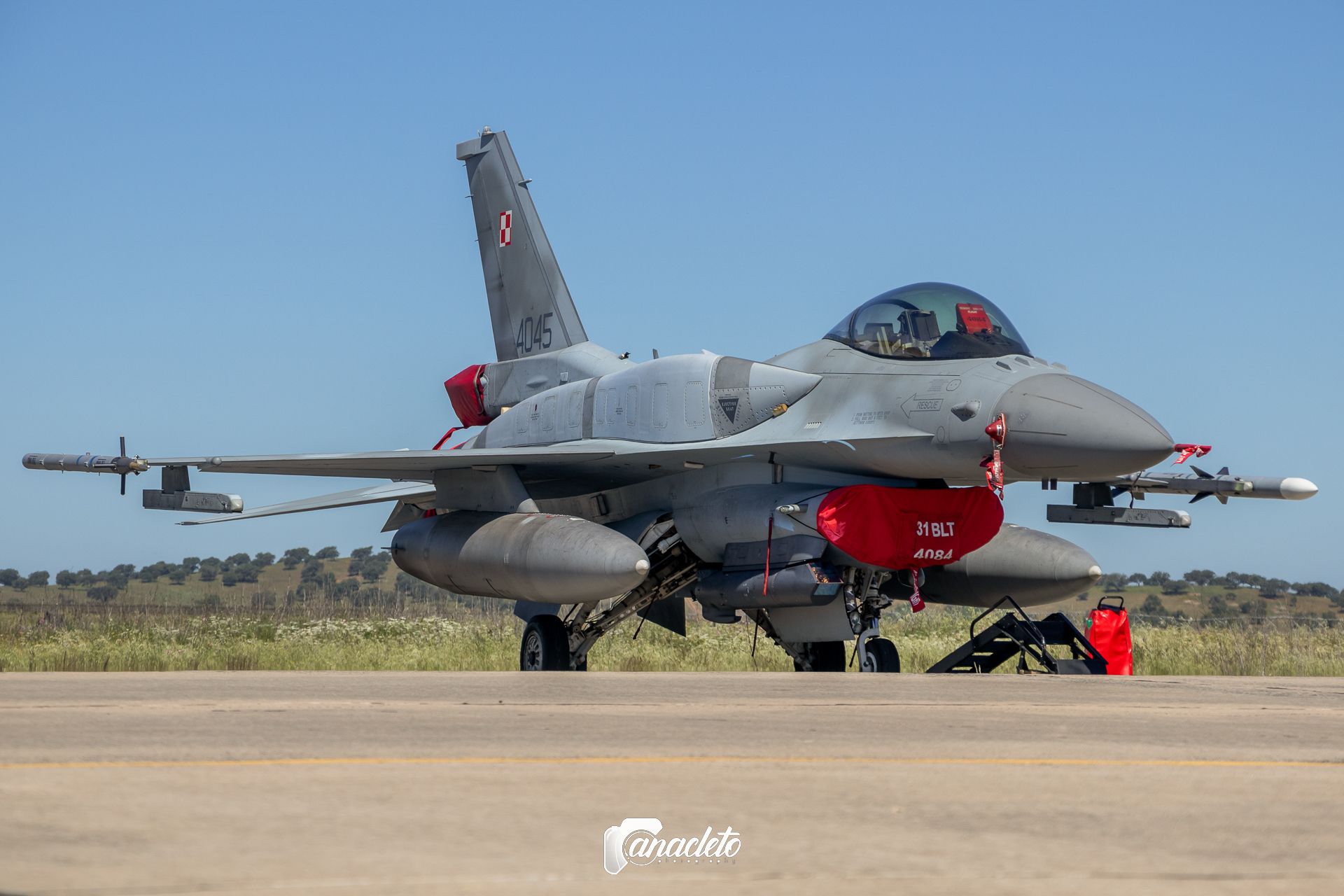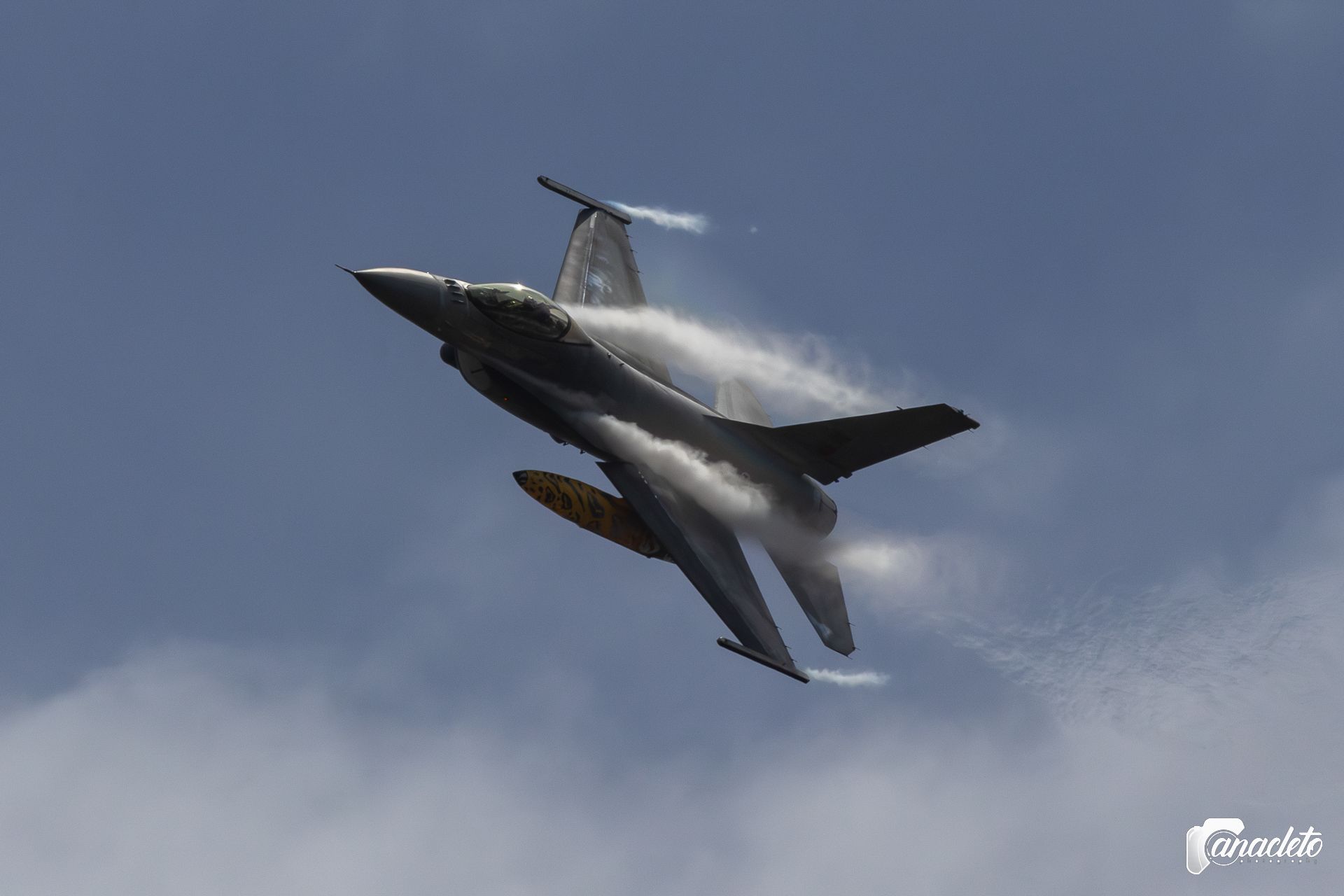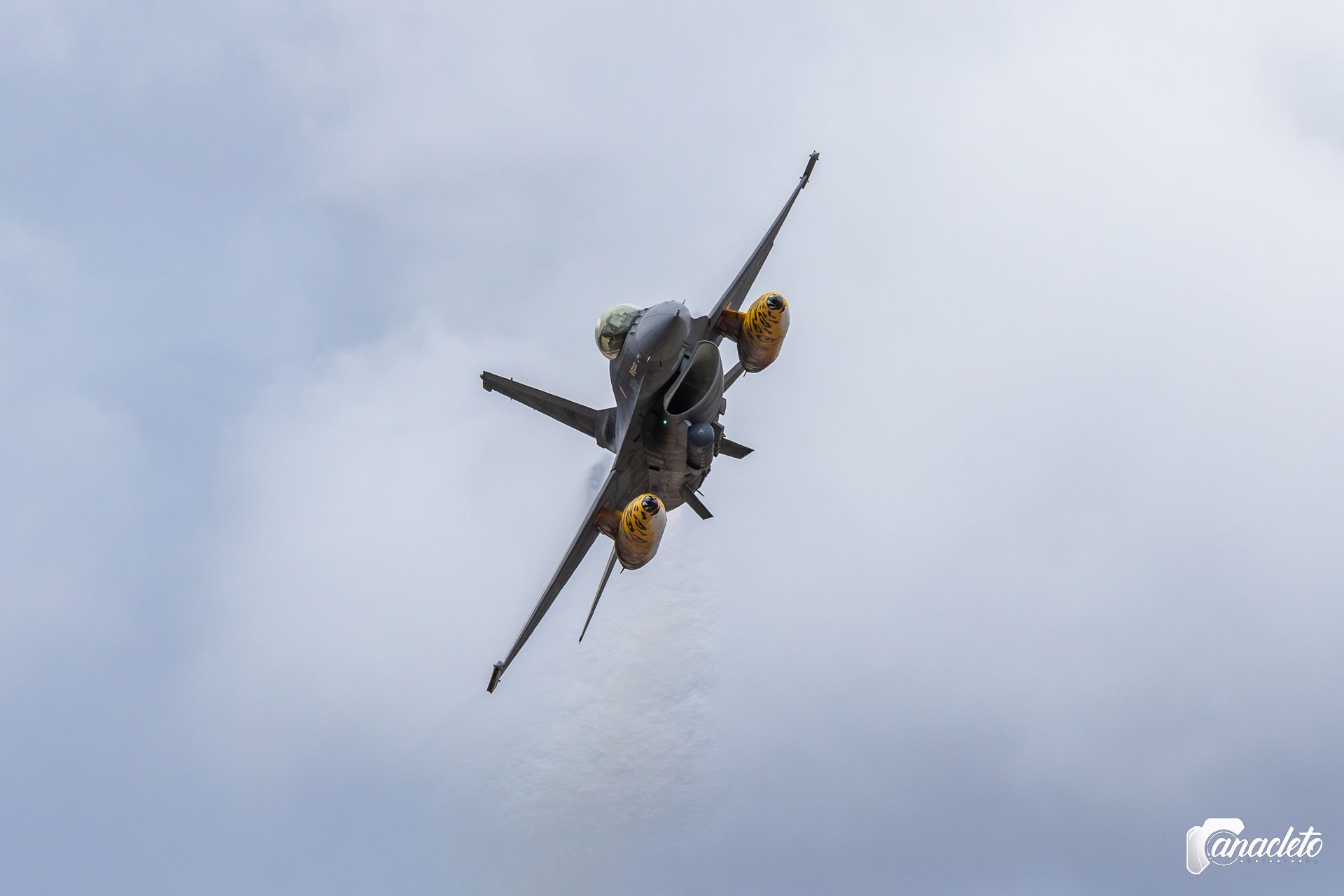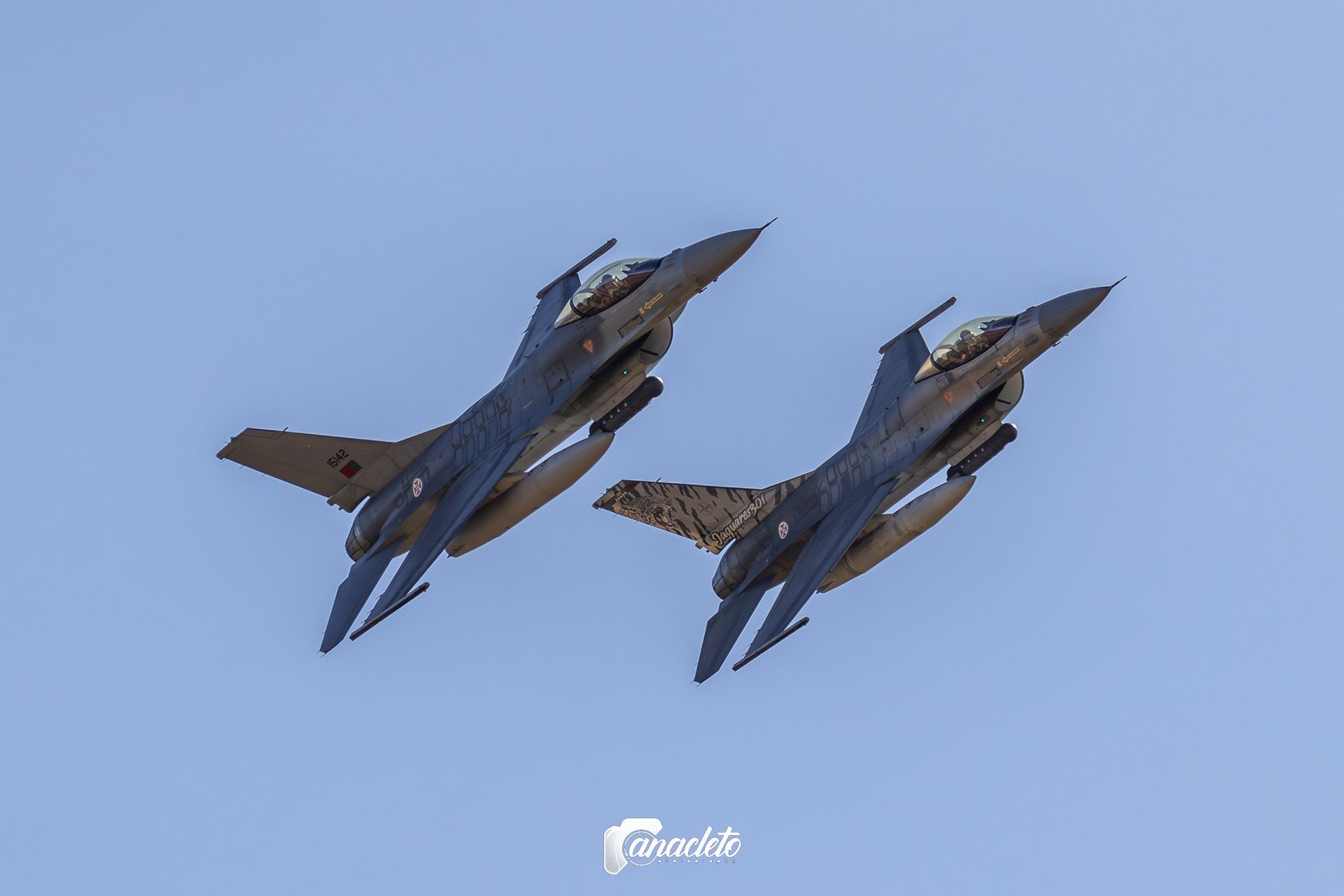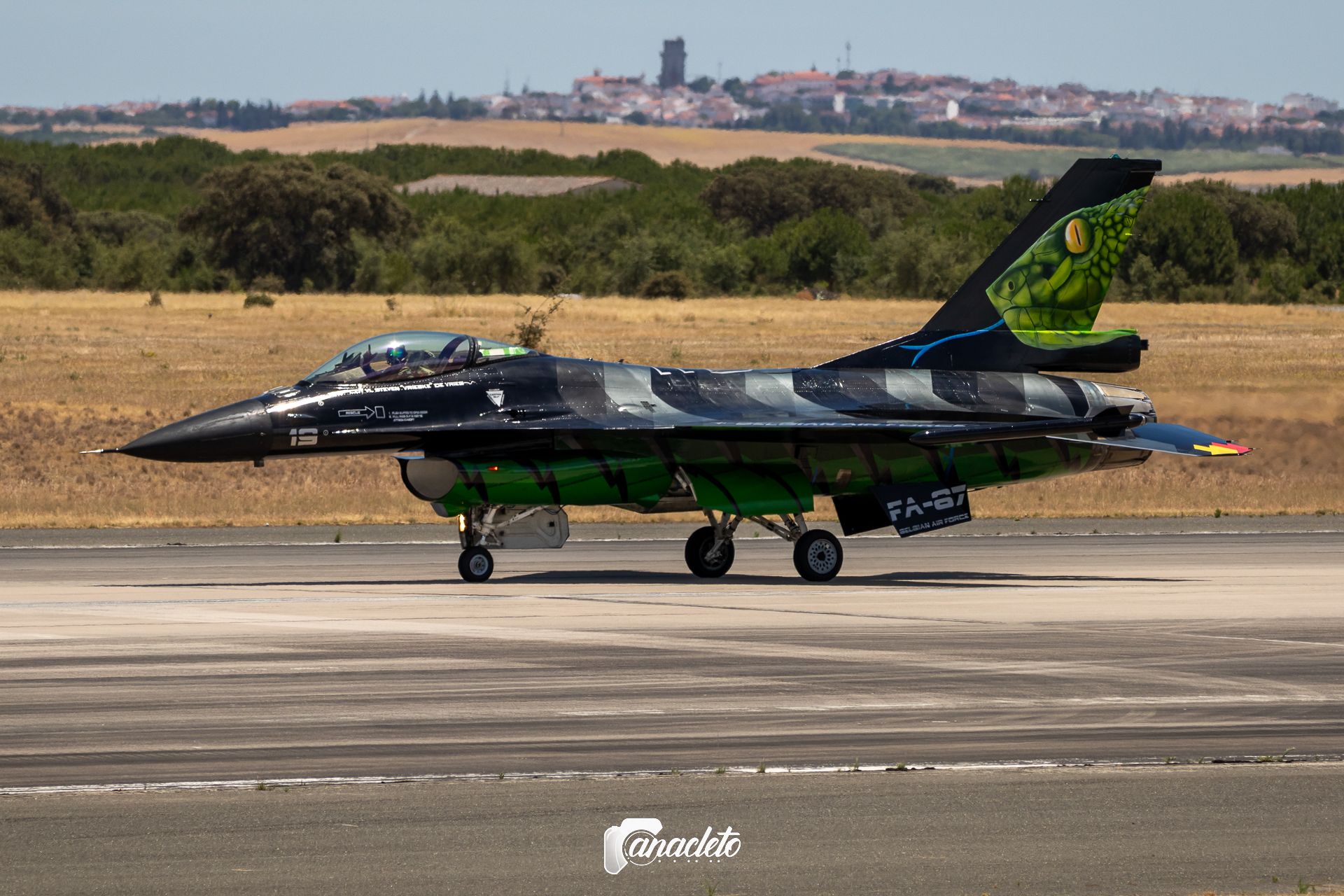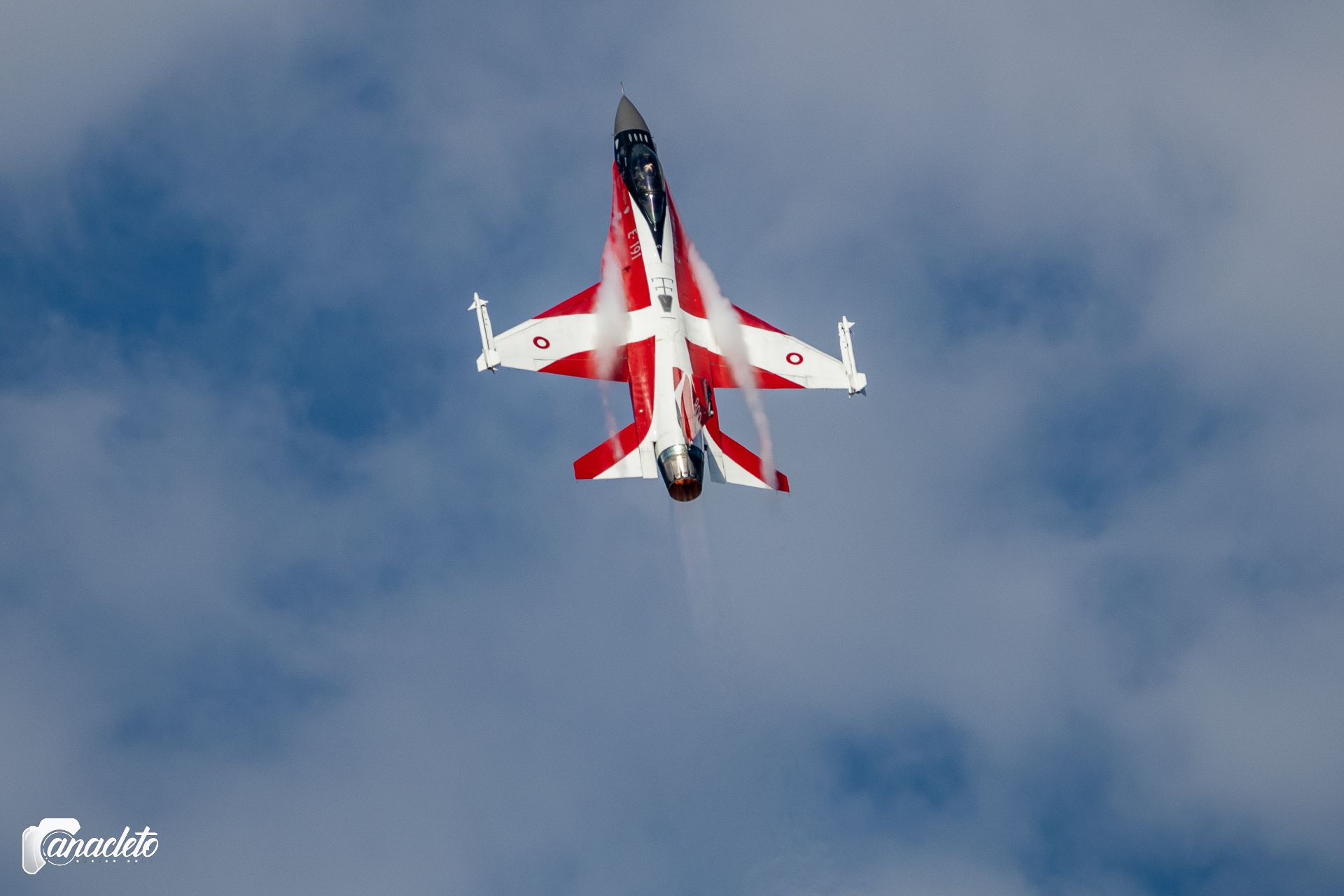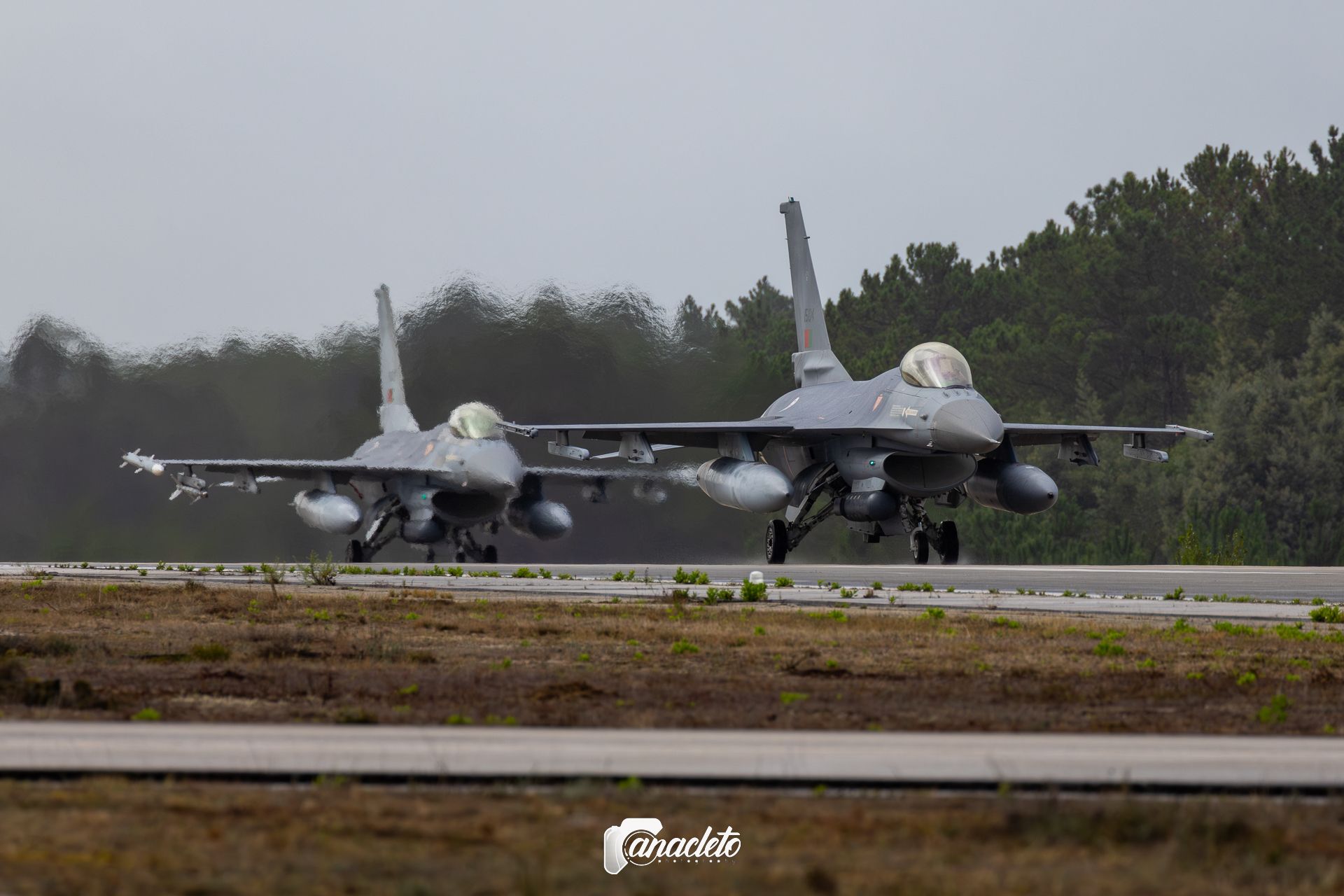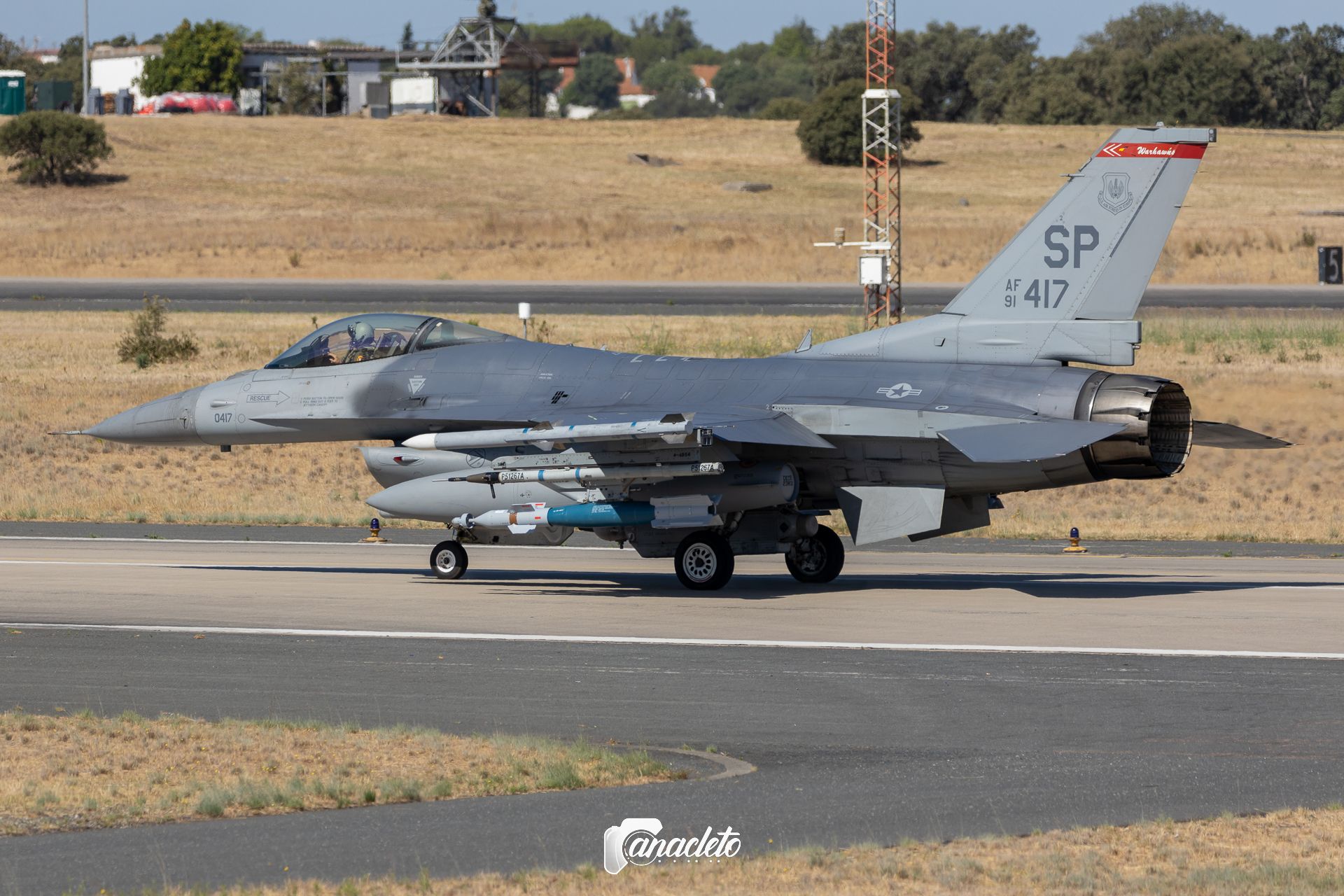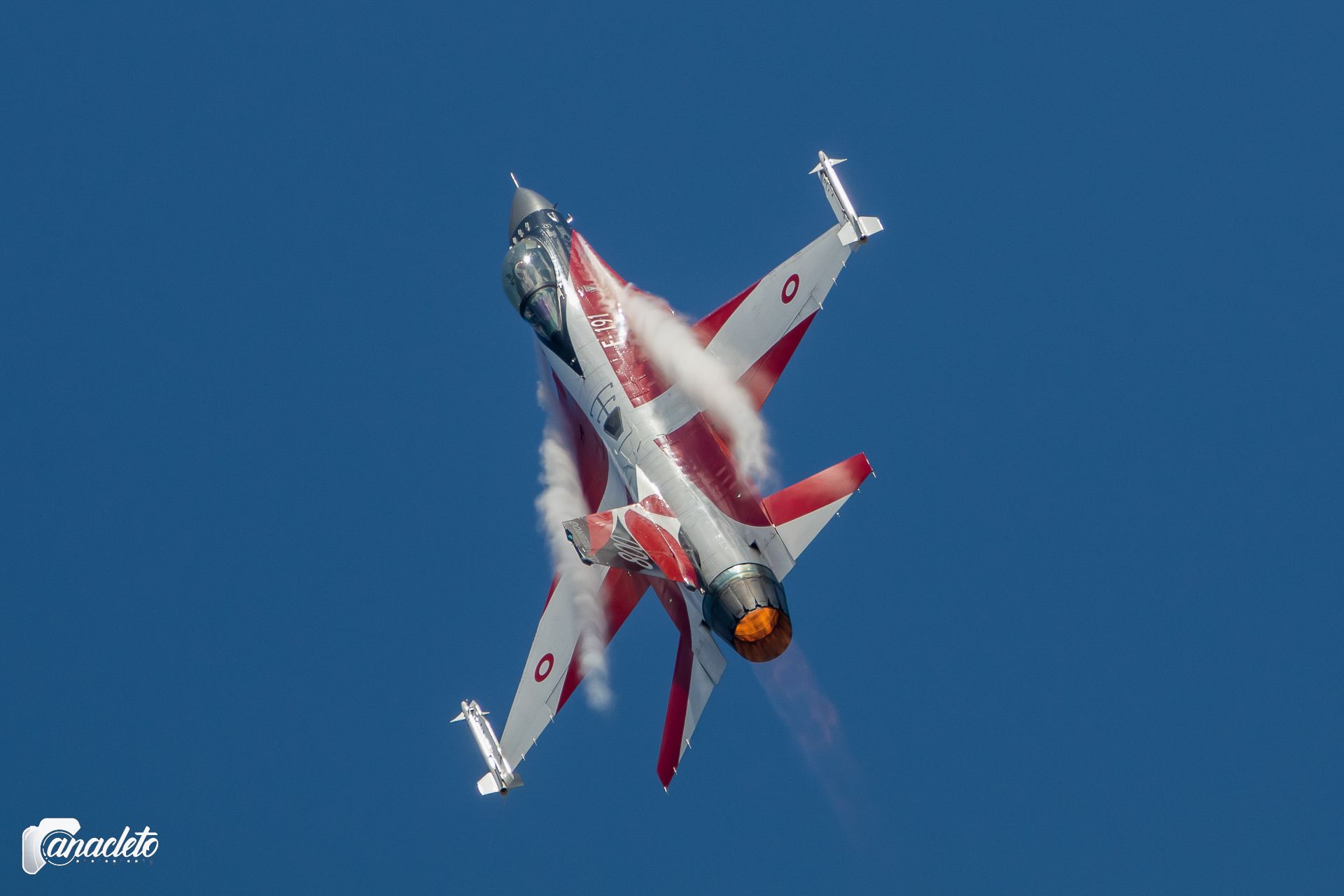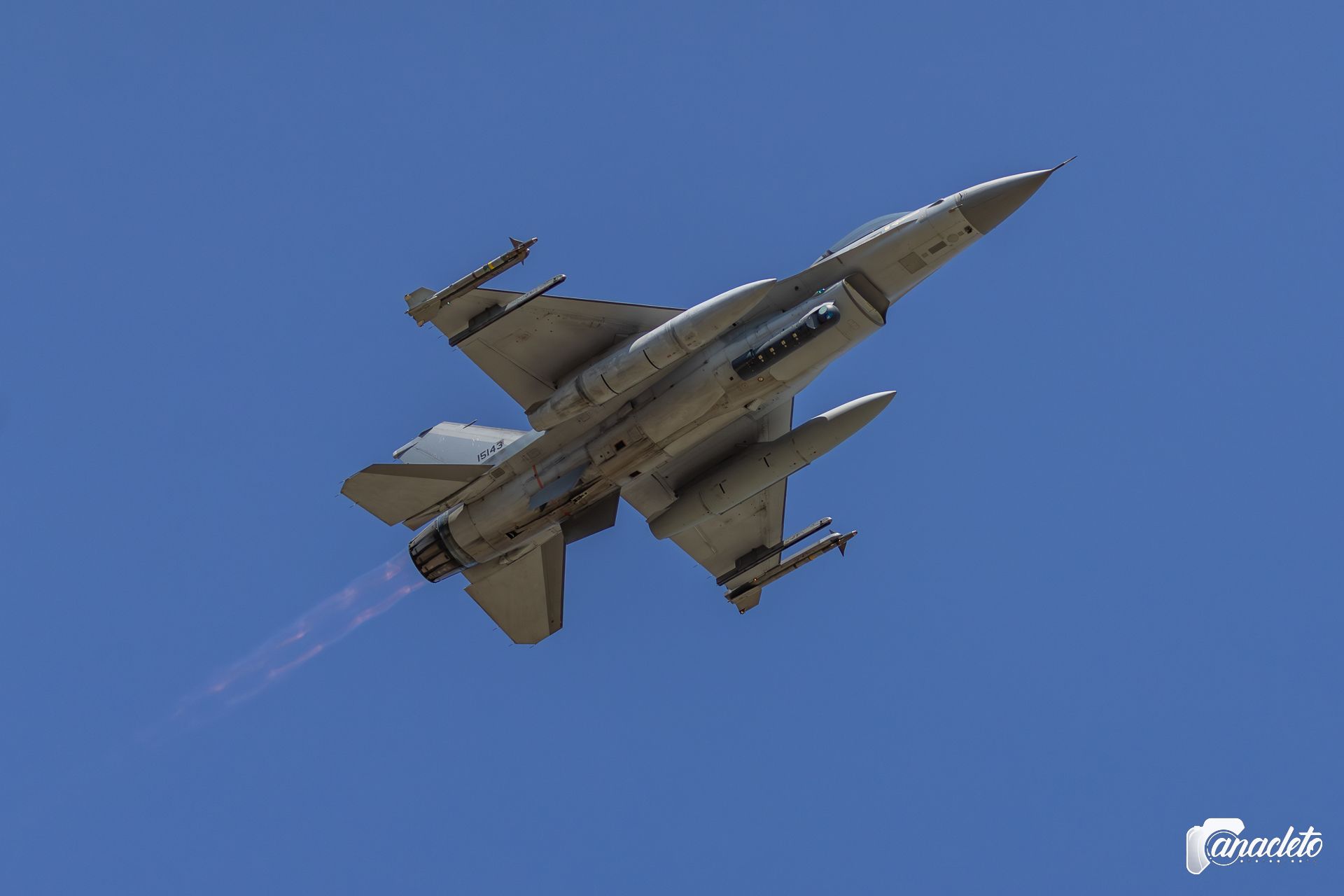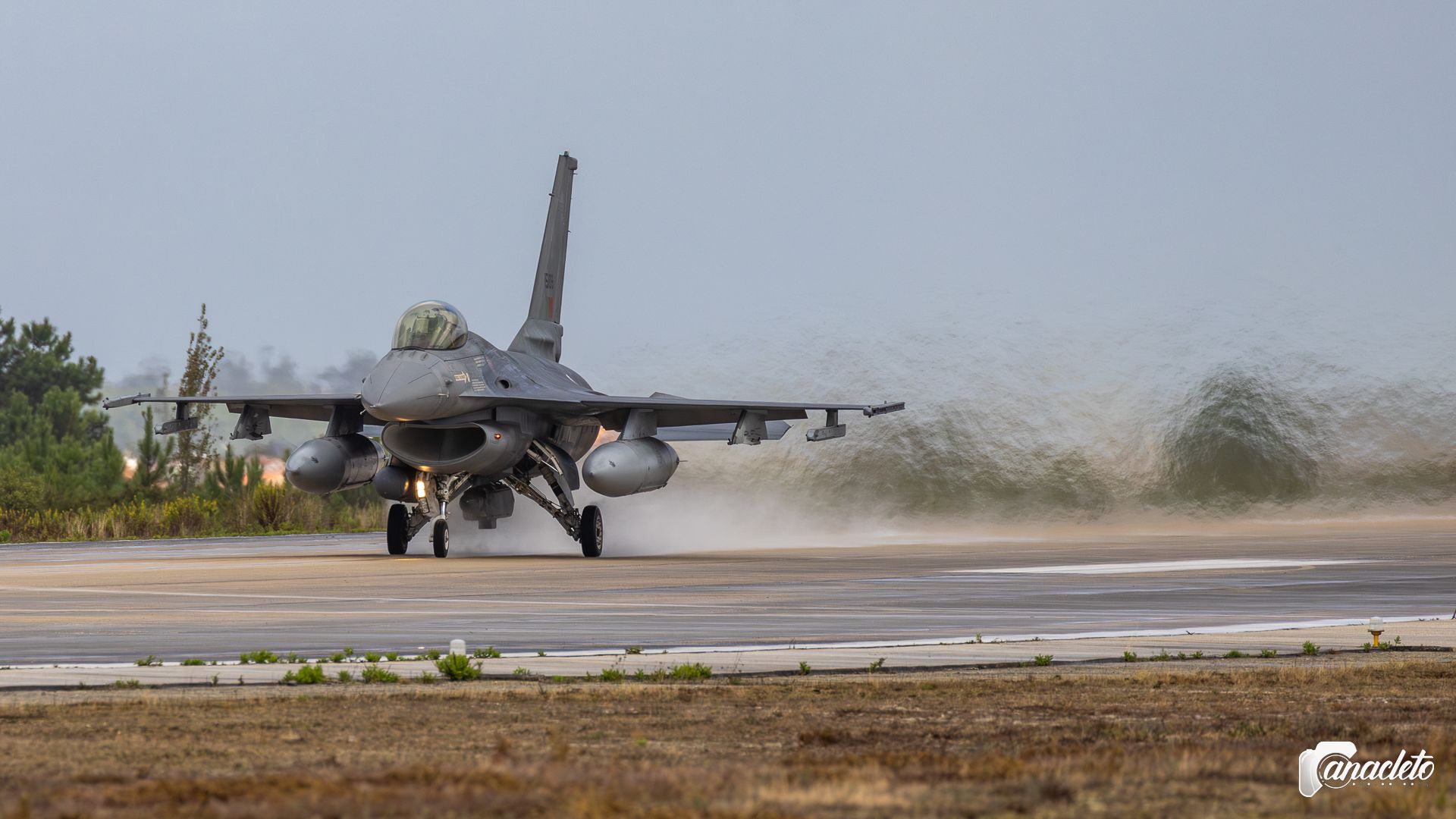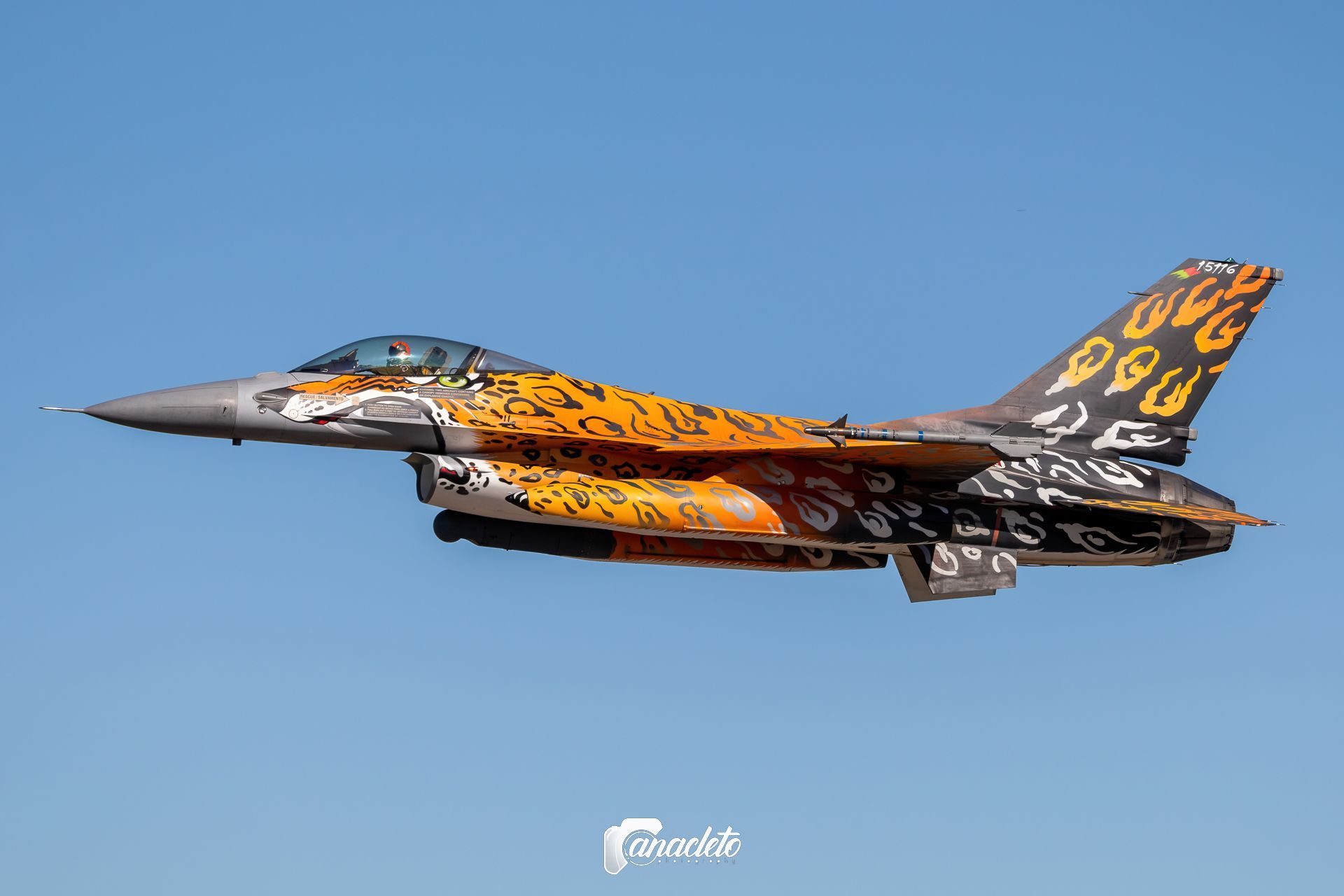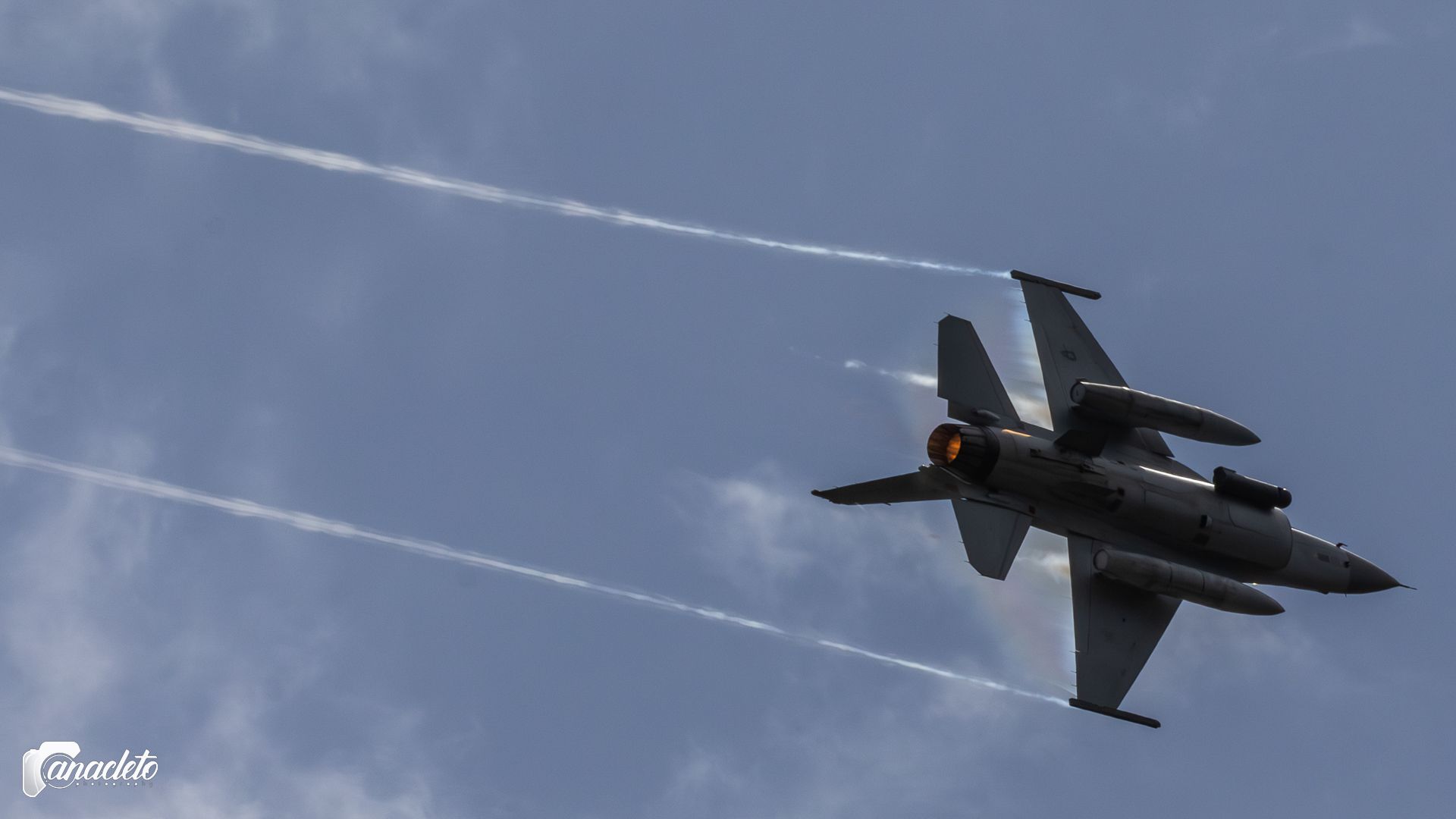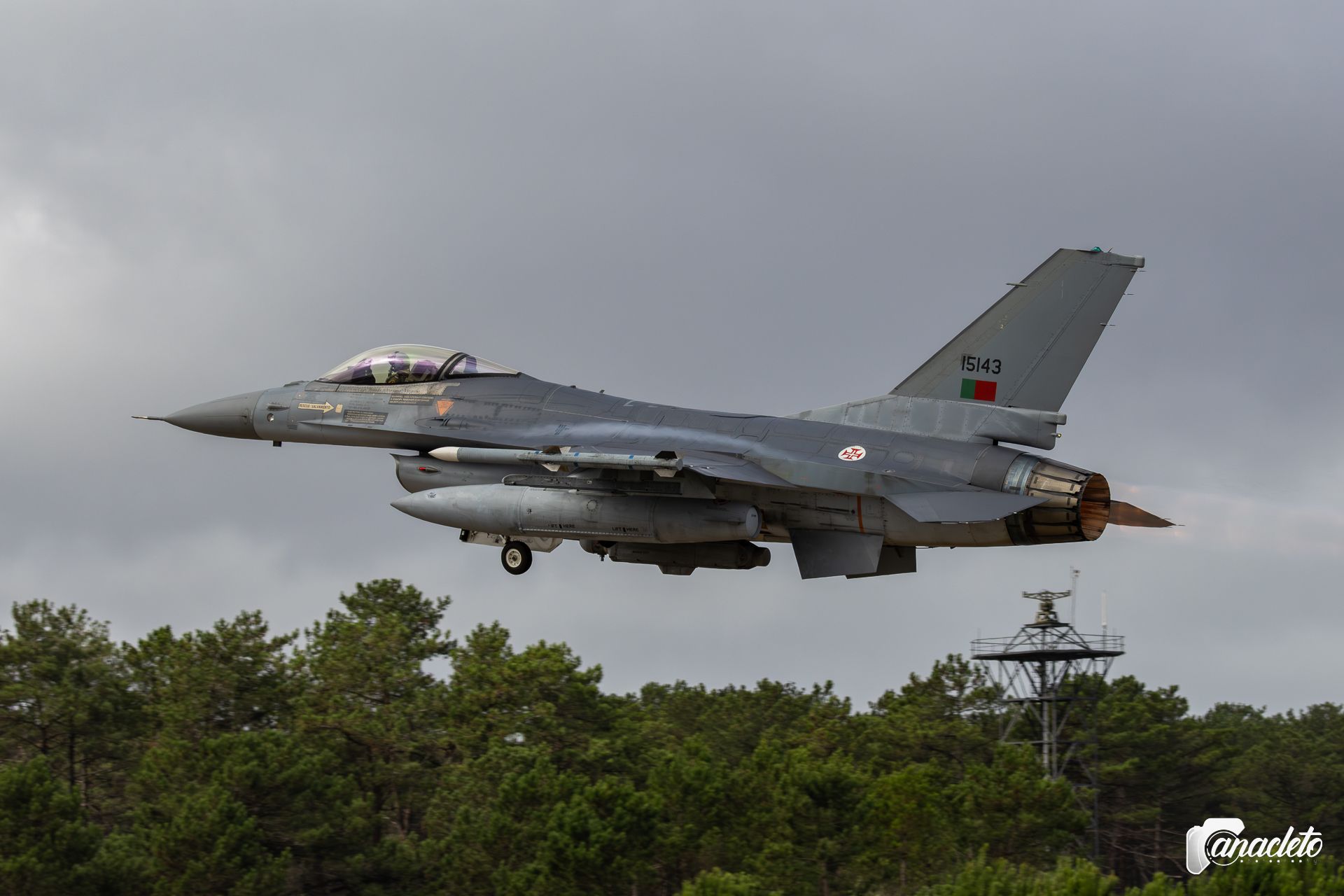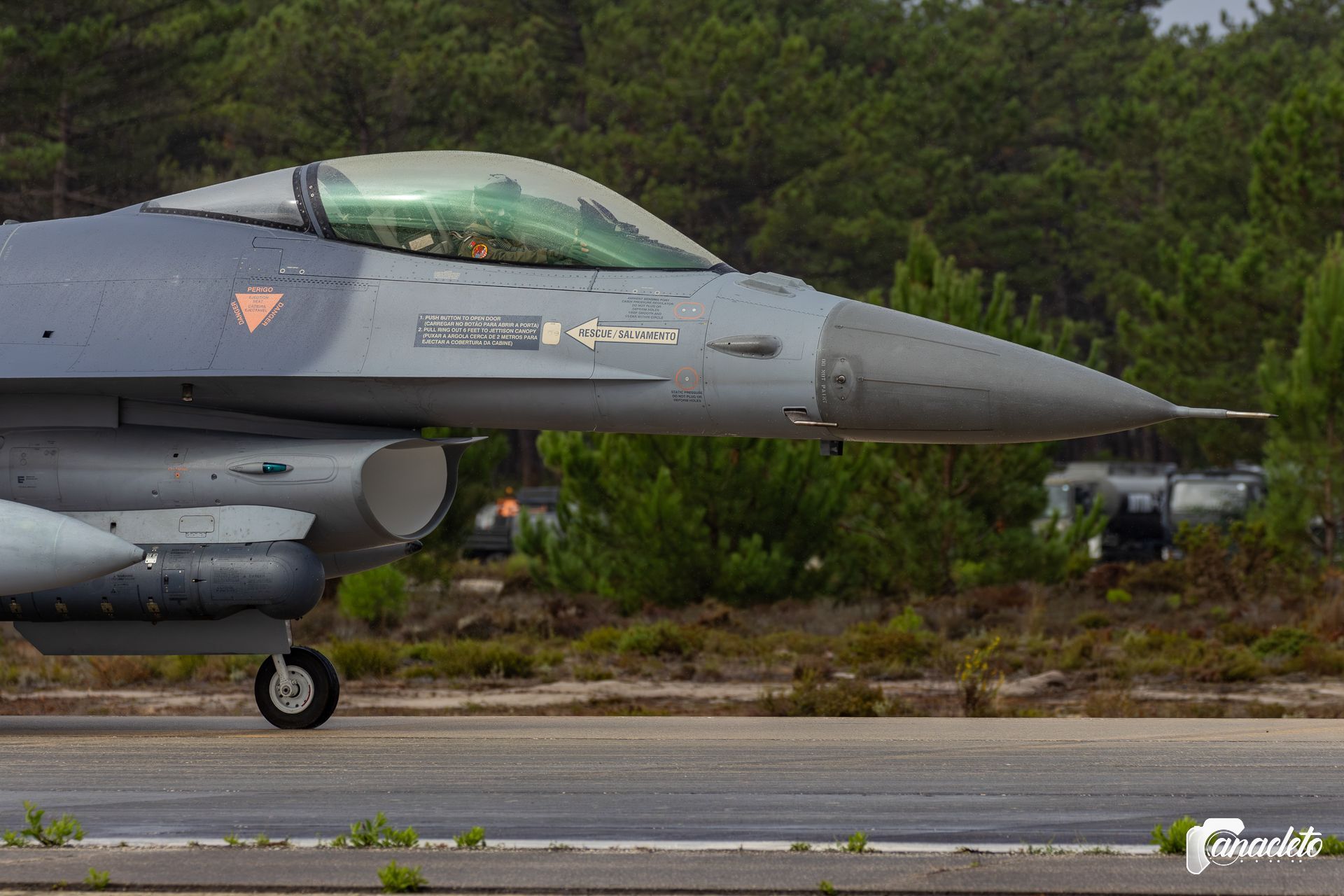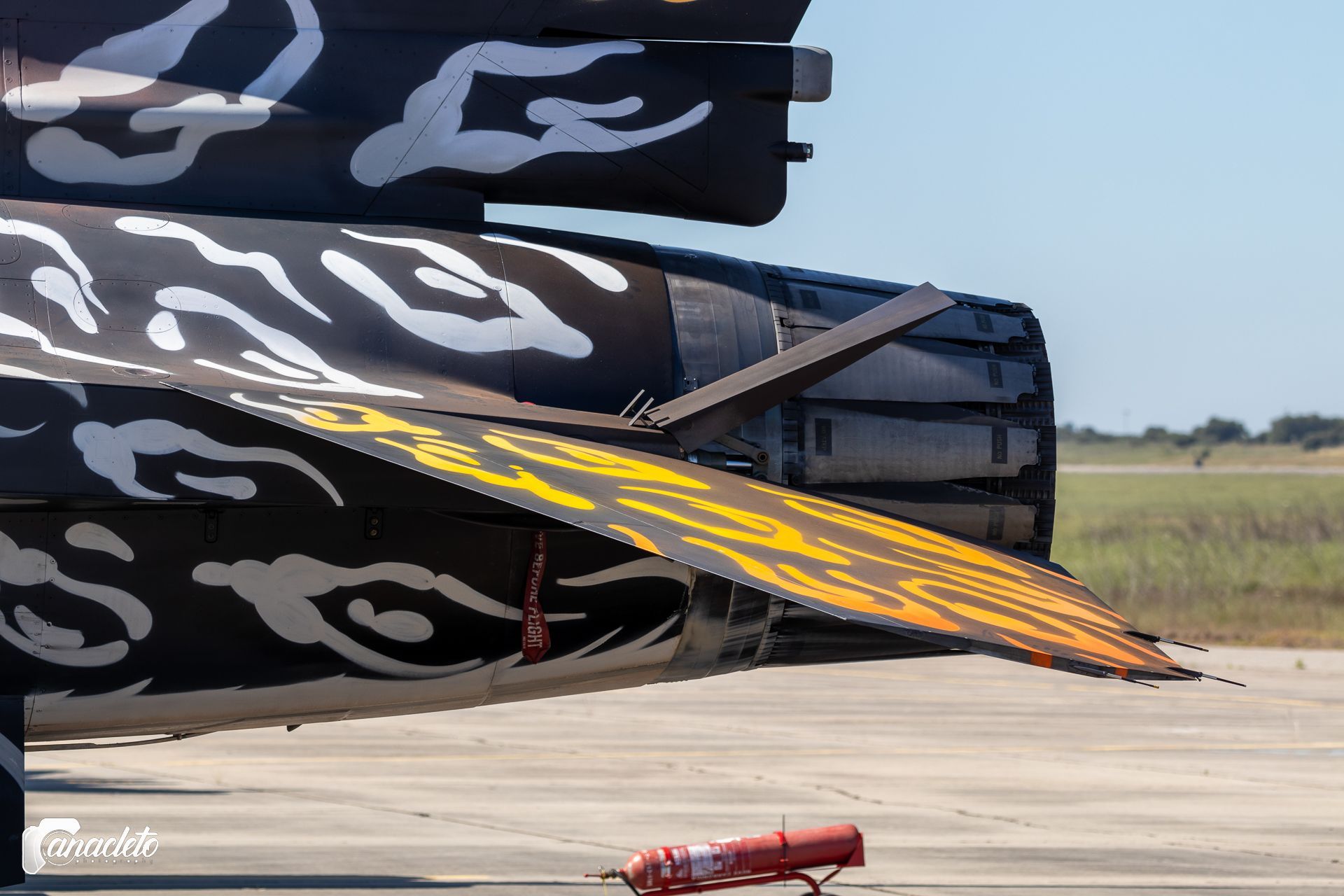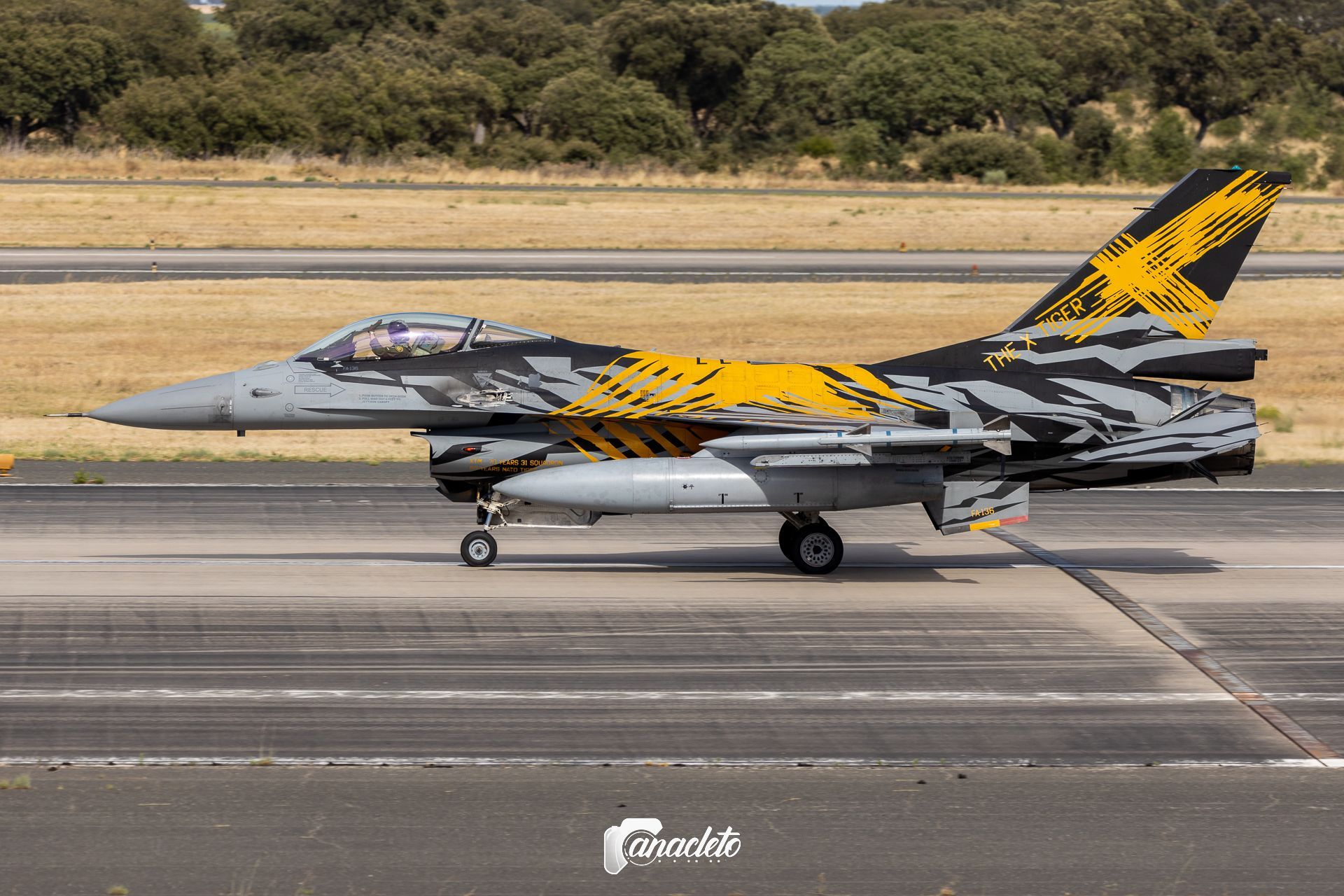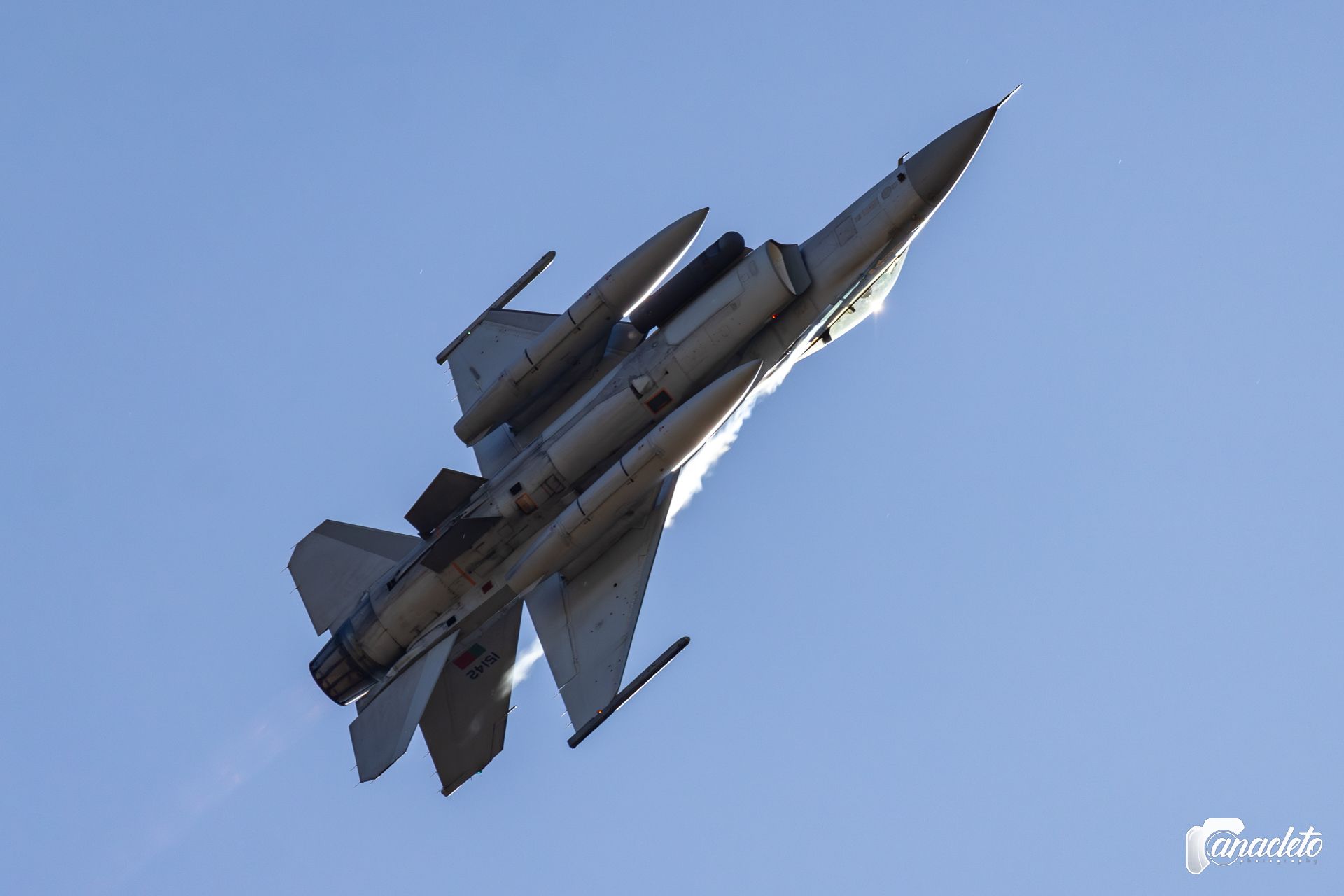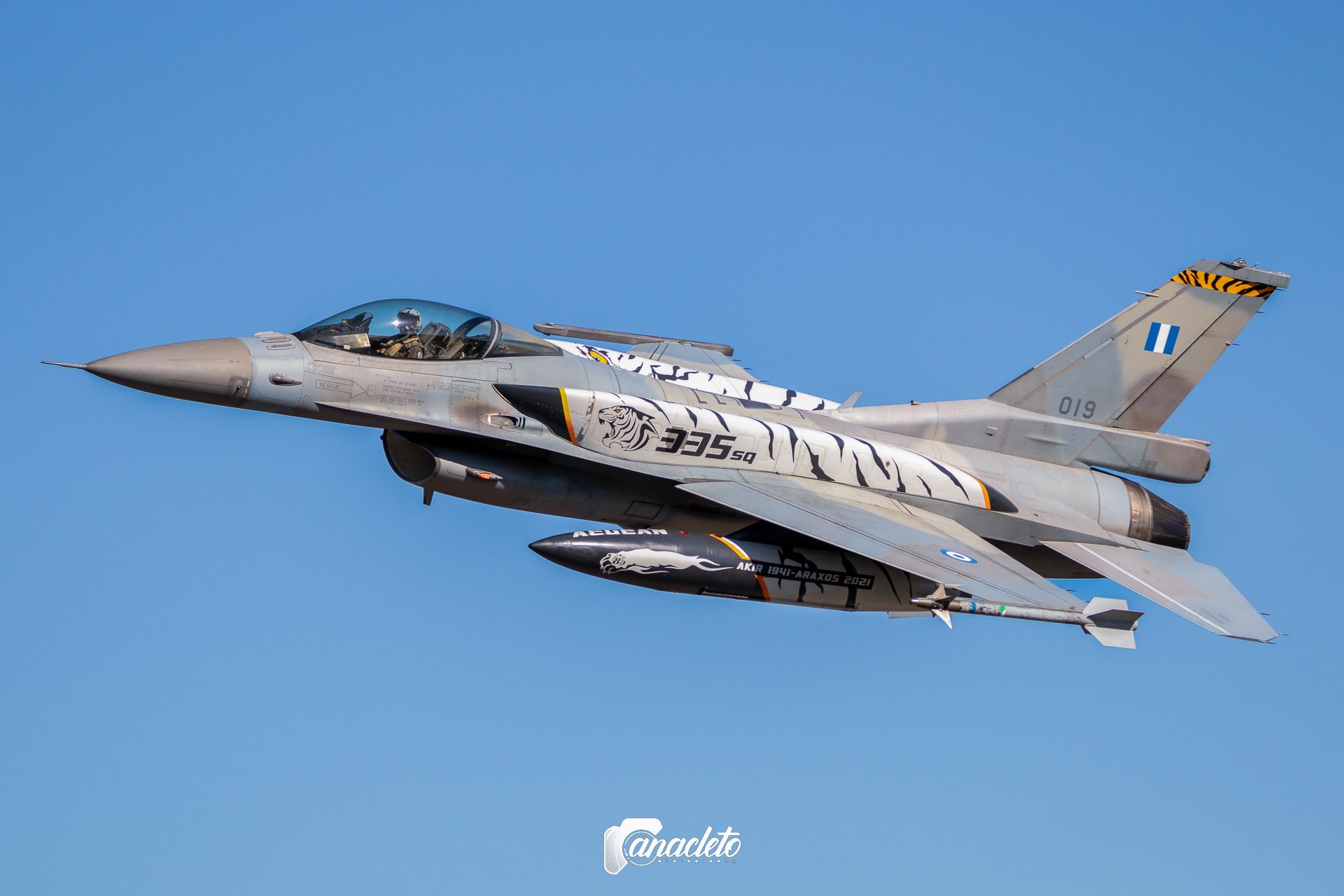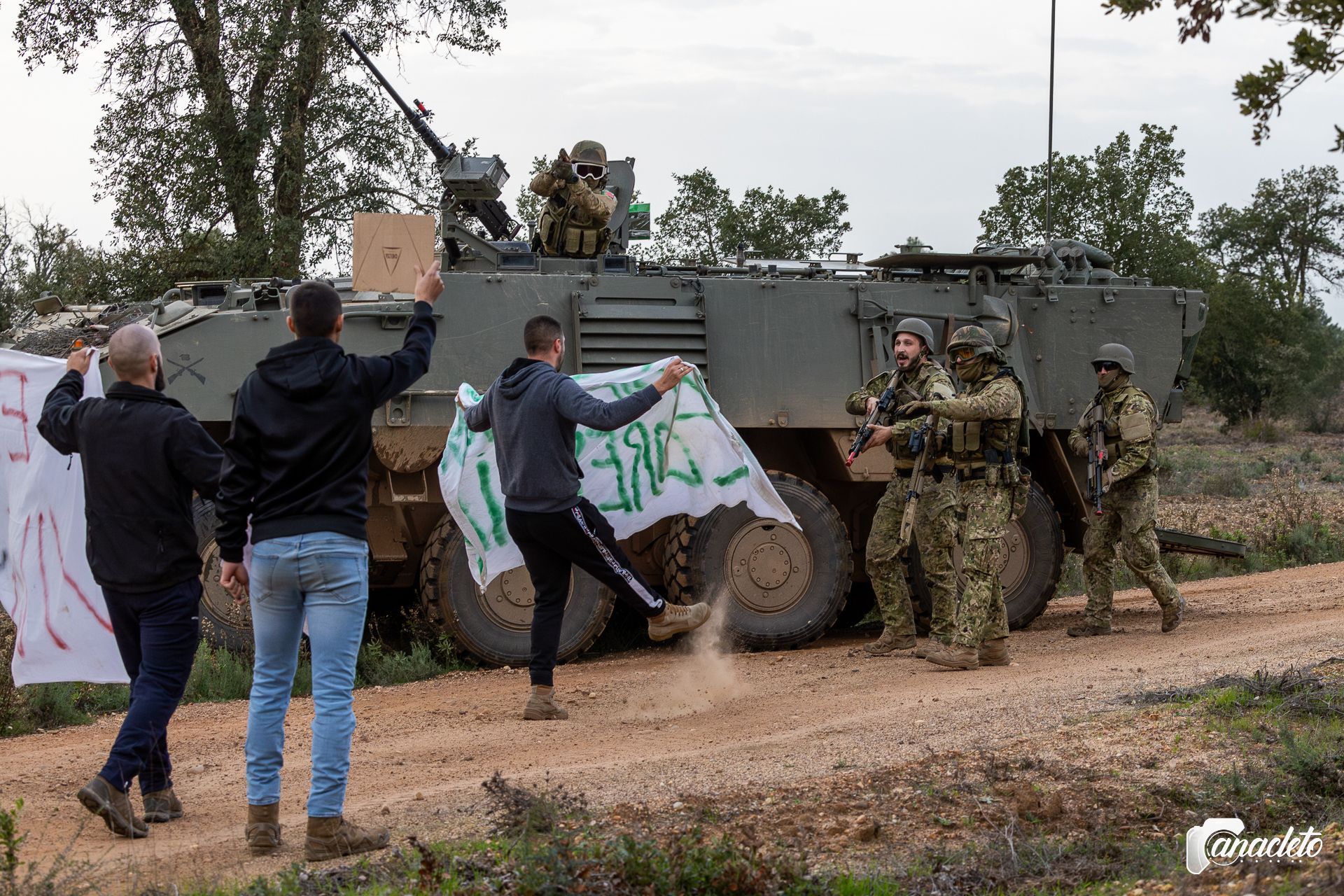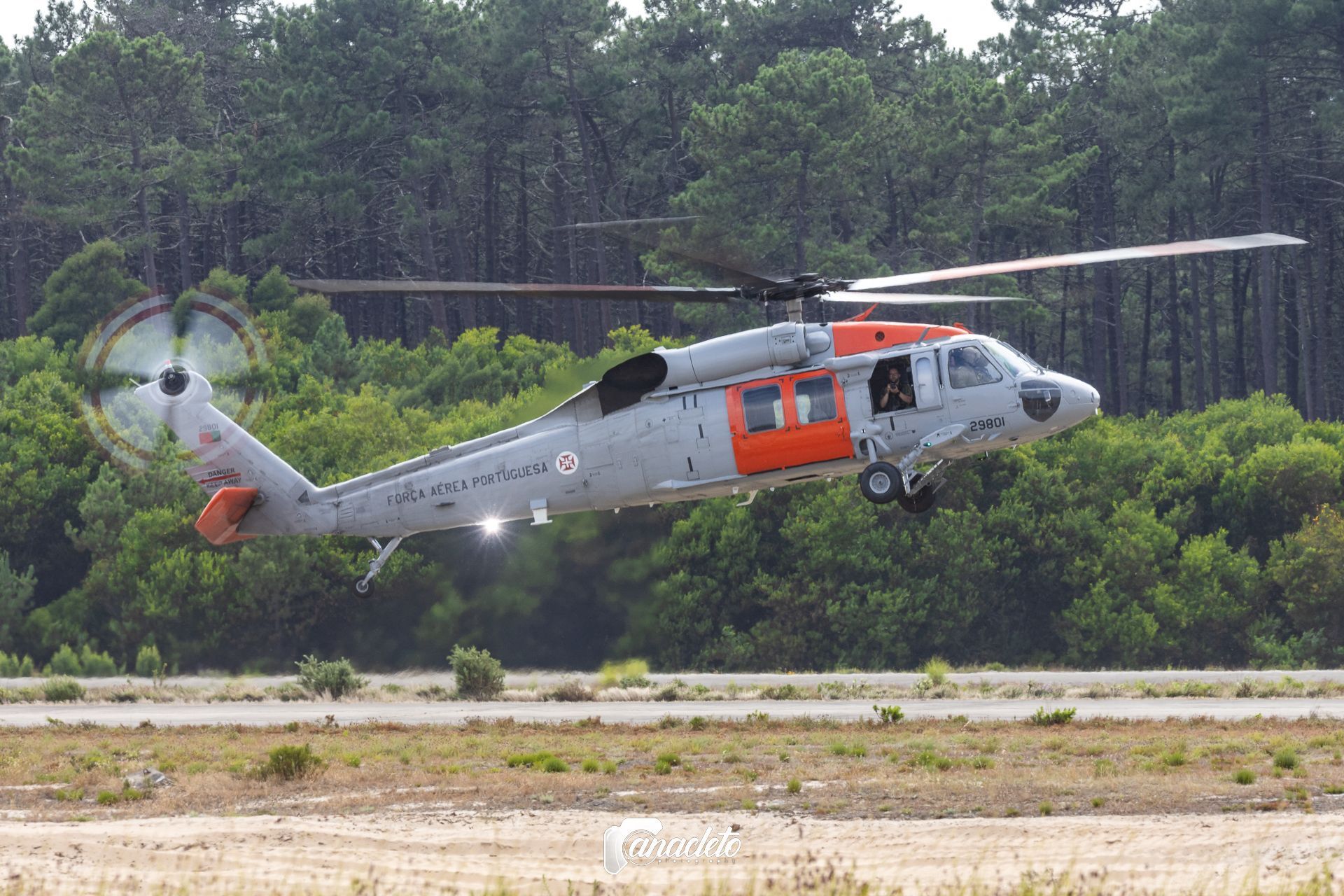50 Years Soaring: The Enduring Legacy of the F-16 Fighting Falcon
The legendary F-16 Fighting Falcon, also known as “Viper”, had its first flight in an unexpected way. Its story could have ended there, but thanks to its test pilot, Phil Oestricher, the No.1 unit was saved and thus began its incredible legacy.
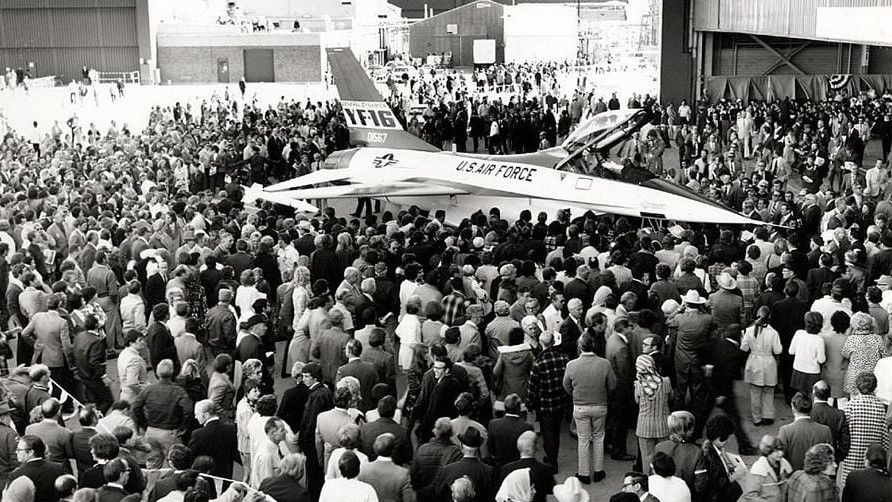
(Photo: Lockheed Martin)
On this day, the F-16 celebrates 50 years since its maiden flight. It’s one of the most famous and recognizable fighters in the skies, with more than 3100 units in service, operated by 25 countries.
Counting with more than 19.5 millions flight hours and more of 13 millions sorties, the F-16 continues to provide a solid platform in present times, keeping up with most advanced fighters and giving advanced interoperable capabilities that enhance and strengthen partnerships between ally nations.
The YF-16 Project
The year was 1969 and the Department of Defense funded two major aeronautical names, General Dynamics and Northrop, so that they could come up with concepts for the Advanced Day Fighter program. This fighter had to be small and lightweight, with the capacity to maneuver with the lowest energy loss possible and should have an increased thrust-to-weight ratio, as asked by Colonel John Boyd who is considered by many as the “Father of the F-16”.
General Dynamics started to work on a prototype, known as YF-16, that combined the best technology available at that time. They used a blended-wing body that offered additional lift and control, a critical fly-by-wire system that stabilized the design and increased its agility, a bubble canopy that enhanced visibility and control for the pilot and a lot more.
On January 20, 1974, the test pilot Phil Oestricher was doing a high-speed taxi test, in preparation for the first flight scheduled two weeks later, when a series of strong oscillations occurred, making the aircraft strike the runway with its right horizontal stabilizer and bounce multiple times on the main landing gear. Oestricher was forced to take off in an attempt to save the aircraft and, after a 6 minutes flight, he returned to Edwards Air Force Base, where he landed safely.
In a testimony of the experience undergone by Oestricher, he refers the two problems with the prototype and explains the situation he was facing, “First, the roll control was too sensitive, too much roll rate as a function of stick force. Second, the exhaust nozzle control for the prototype was wired incorrectly. You had to be on the ground for the nozzle to be wide open, so as soon as you took the weight off the wheels, the nozzle closed and essentially doubled the thrust at idle.”
With the problems solved, the maiden flight scheduled for February 2 took place and everything went according to plan.
Looking at the remarkable features that the YF-16 had, like the use of the same engine as the F-15 Eagle, longer range, better maneuverability, and lower operating cost as its rival, the Northrop YF-17, the U.S. Air Force would have no choice but to award General Dynamics as the winner of the competition.

(Photo: Lockheed Martin)
The Evolution
Through the years, the F-16 platform suffered a lot of changes and upgrades, from avionics, to weapons systems, to the implementation of night/all-weather capabilities, but always maintaining its unmistakable silhouette.
- F-16 A/B
- Maiden flight: December 8, 1976;
- First used by U.S. Air Force;
- Twin seat version: F-16B;
- Block 1, 5, 10, 15, and 20;
- Block 15 had new larger horizontal stabilizers.
- F-16 C/D
- Maiden flight: June 19, 1984;
- Block 25;
- APG-68 radar;
- Multi-function displays;
- Wide-angle holographic Head-Up Display;
- AGM-65D Maverick and AIM-120A AMRAAM;
- New fire control and stores management computers.
- F-16 C/D Block 30/32
- Year of debut: 1986;
- As part of the Alternative Fighter Engine program, they were supplied by two engines manufacturers (Pratt & Whitney and General Electric)
- Block 30: GE F110 engine (fitted with larger engine air intakes to provided more thrust);
- Block 32: P&W F100 engine.
- Block 40/42
- Year of debut: 1988
- Know as “Night Falcon”;
- LANTIRN navigation and targeting pods;
- Associated holographic HUD (allowing the use of Paveway laser guided bombs);
- GPS;
- Improved APG-68V(5) radar;
- Digital flight controls and automatic terrain following system.
- Block 50/52
- Year of debut: 1991;
- New improvements for radar, countermeasures and avionics;
- Capability to employ the Joint Direct Attack Munitions and Joint Stand-Off Weapons;
- Some units were modified to perform Suppression of Enemy Air Defenses with the AGM-88 HARM and the ASQ-213 HTS (HARM Targeting System).
- Block 50/52+
- Upgraded version of the Block 50/52;
- Conformal fuel tanks;
- Dorsal spine compartment;
- APG-68(V9) radar;
- On-Board Oxygen Generation System;
- JHMCS helmet.
- Block 60
- Export version for the United Arab Emirates
- Conformal Fuel Tanks;
- Internal FLIR and Targeting System;
- APG-80 Active Electronically Scanned Array radar;
- Airborne Self-Protection Jammer;
- Many avionics improvements.
- Block 70/72
- Latest version of the F-16;
- Maiden flight (factory new): 2023;
- APG-83 AESA radar;
- Center Pedestal Display;
- Link 16 datalink;
- Full Night Vision Imaging System compatibility;
- Embedded GPS/INS;
- Automatic Ground Collision Avoidance System;
- Countries operating versions of the F-16 that were delivered in 2019 are suitable to receive the upgrade to the Block 70/72 variant.
While many countries fly the F-16, some of them still operate the older variants and they are reaching their maximum operational service time, leaving those Air Forces no choice but to take them out of service. As technology progresses, the market keeps filling up with choices as more modern aircraft are becoming operational. But even so, the reputation of the F-16 prevails and continues to be a choice for many nations that are looking to replace their older fighters.
Lockheed Martin claims that new F16 production will allow for structural and capability upgrades, thus ensuring that the international fleet will operate until 2060 and beyond.
Source:
- Lockheed Martin
- TheAviationist.com
